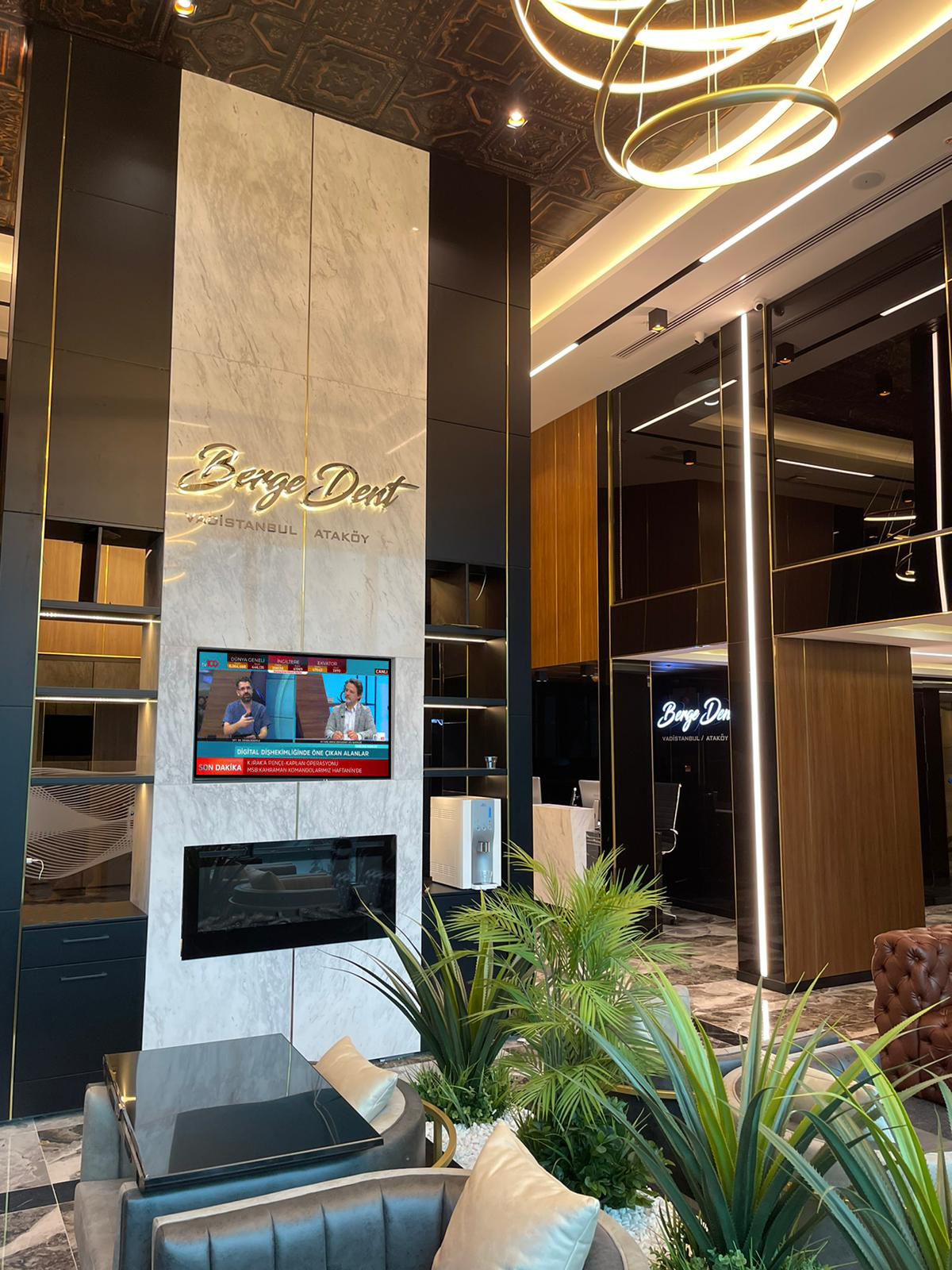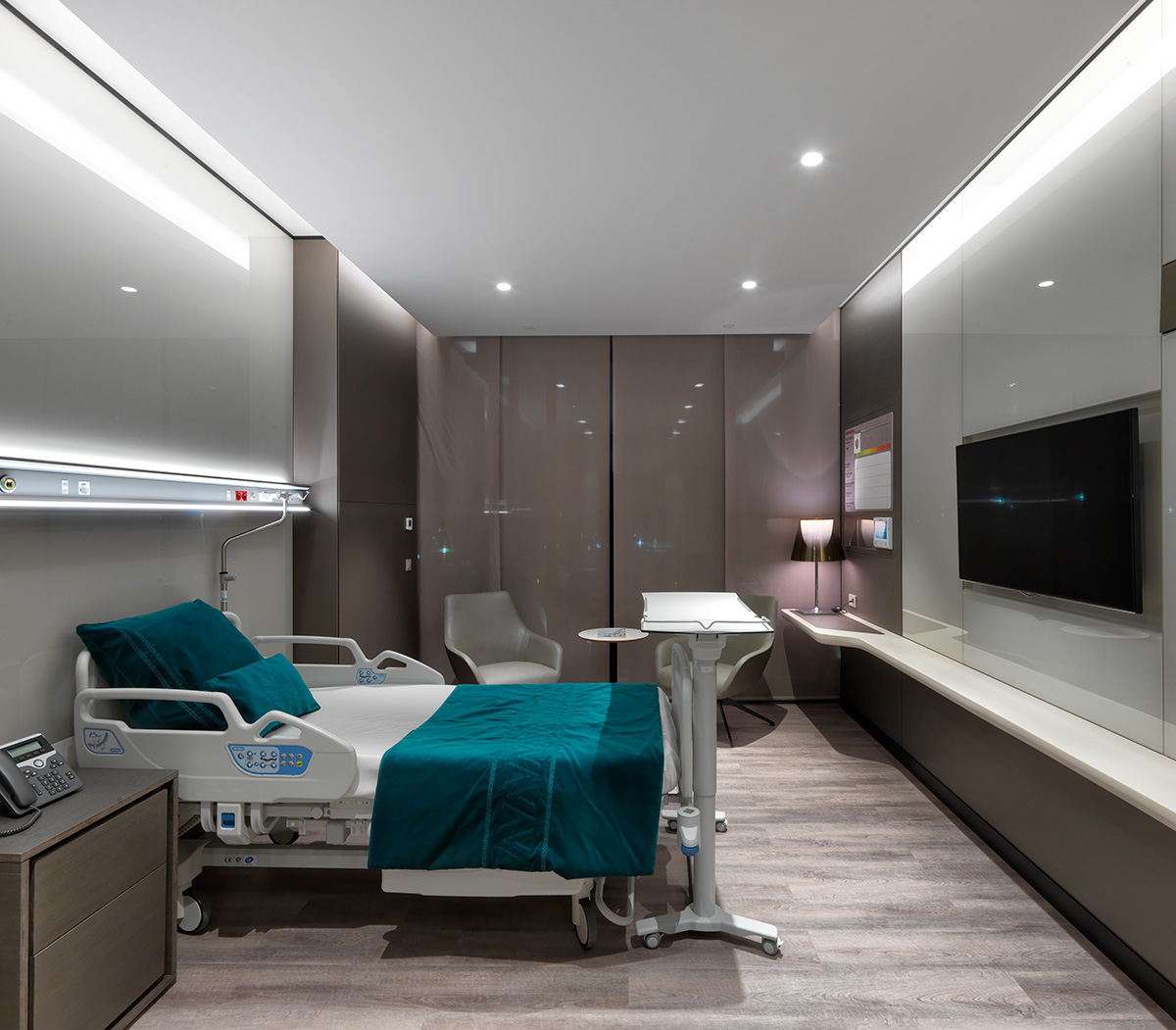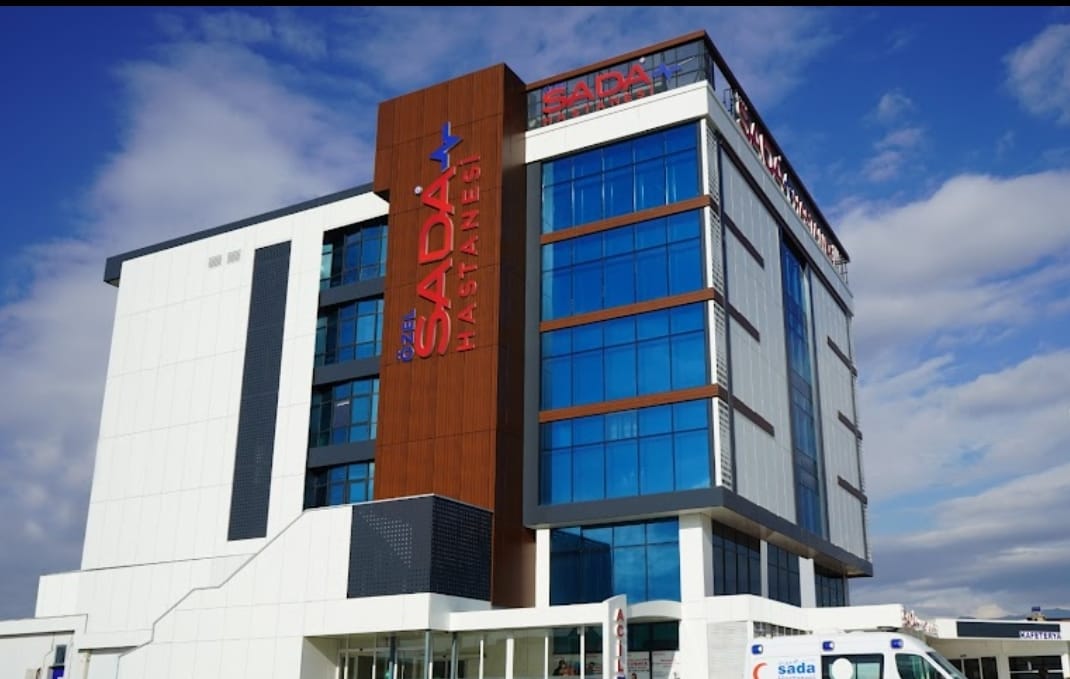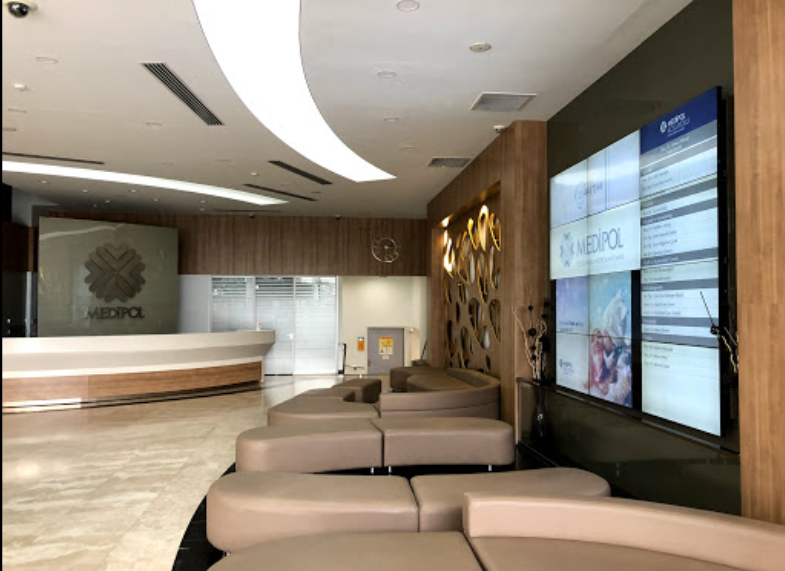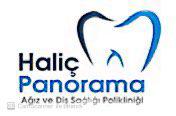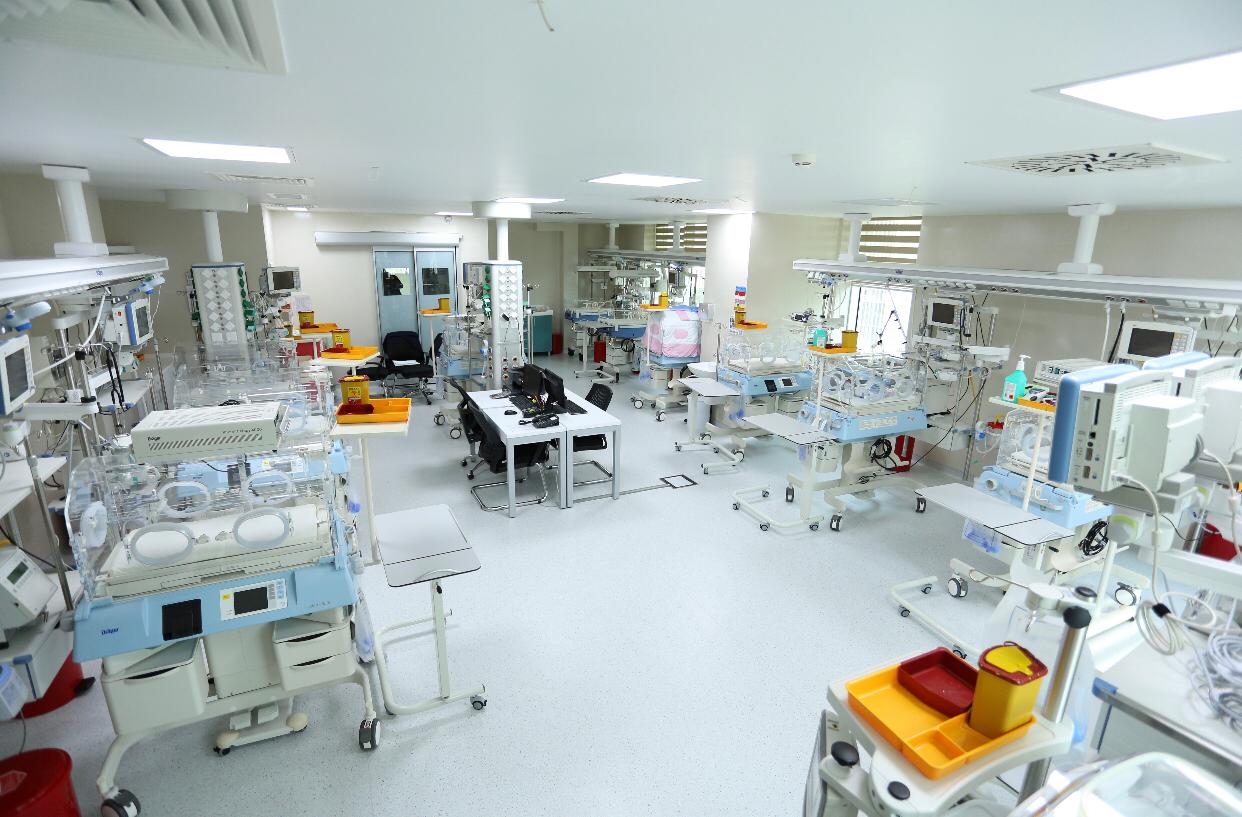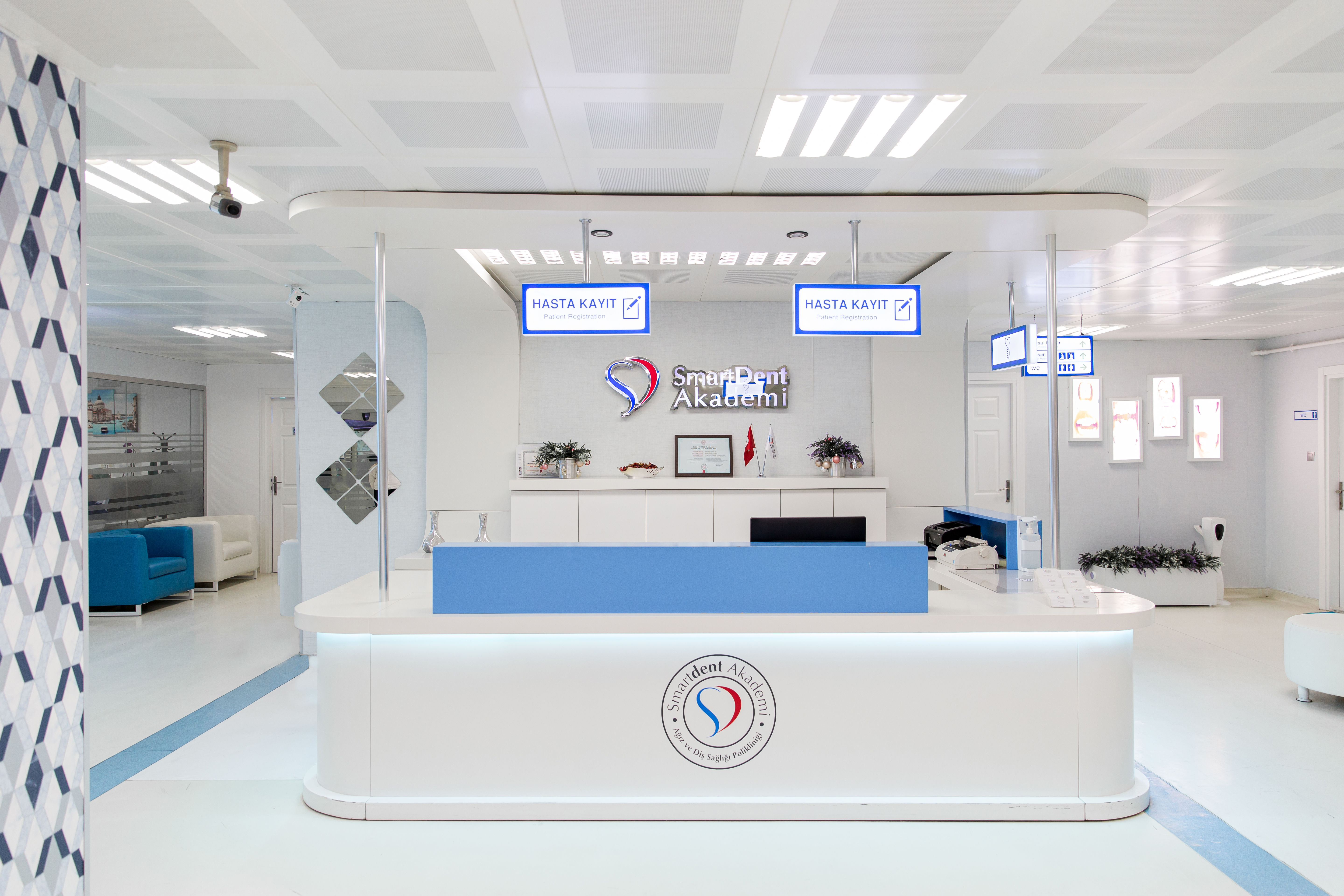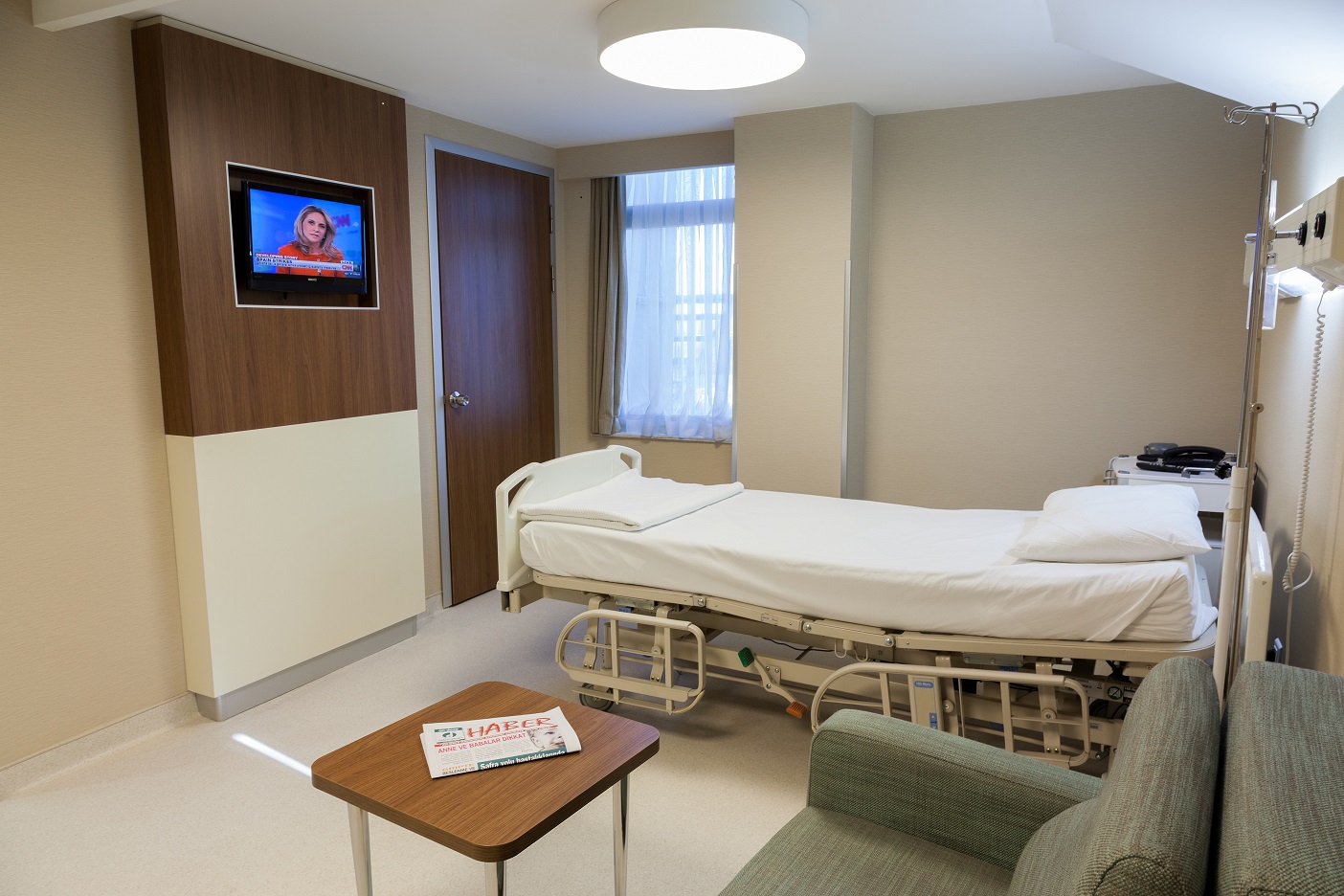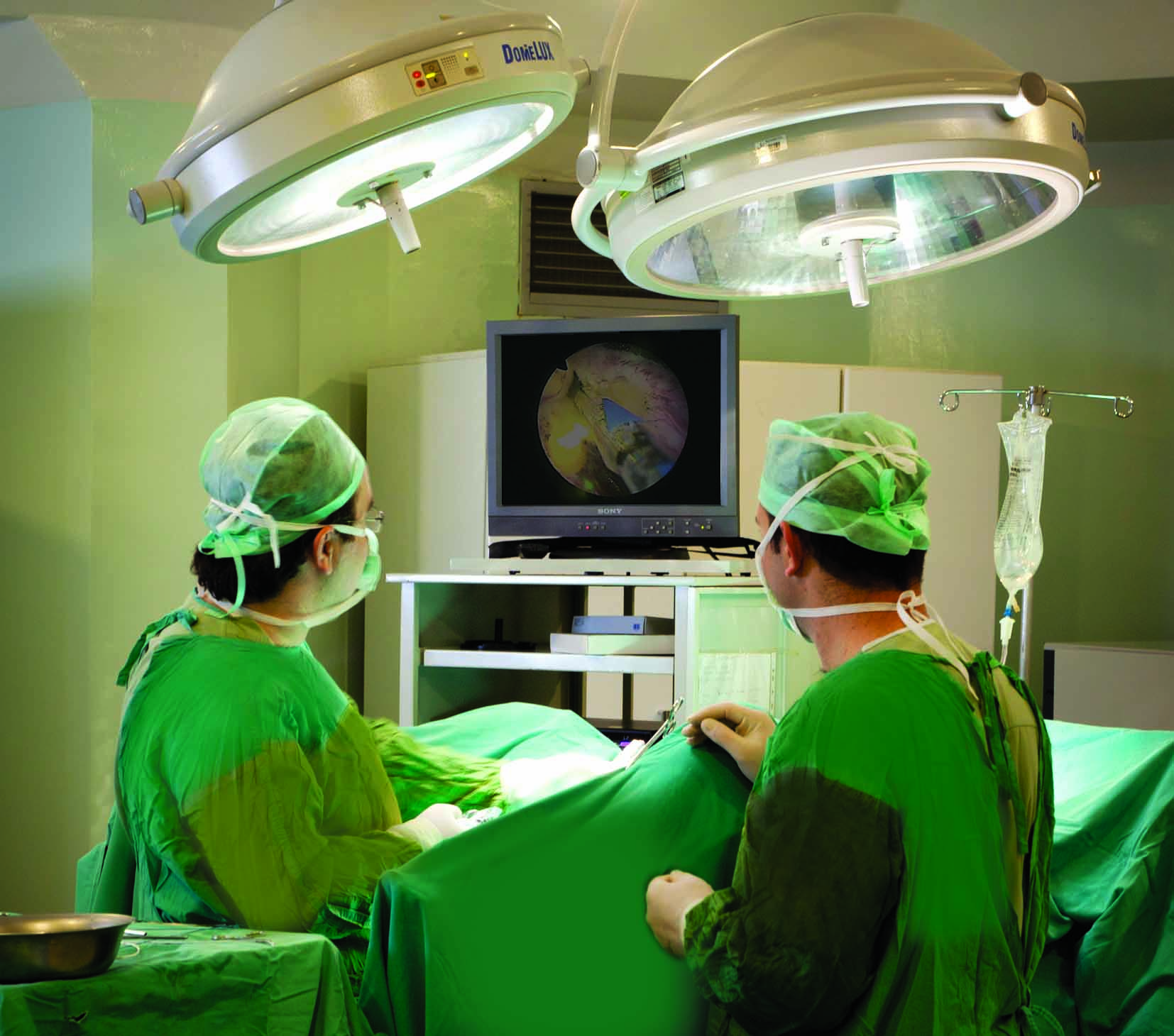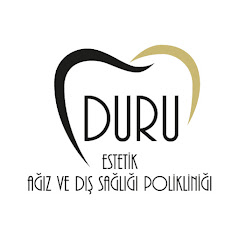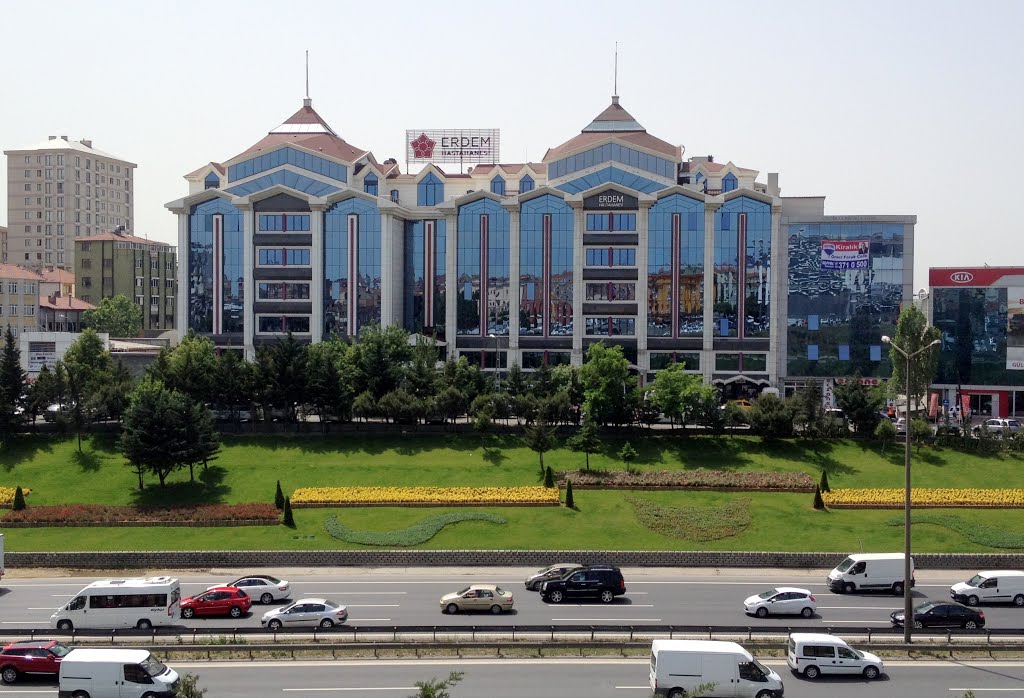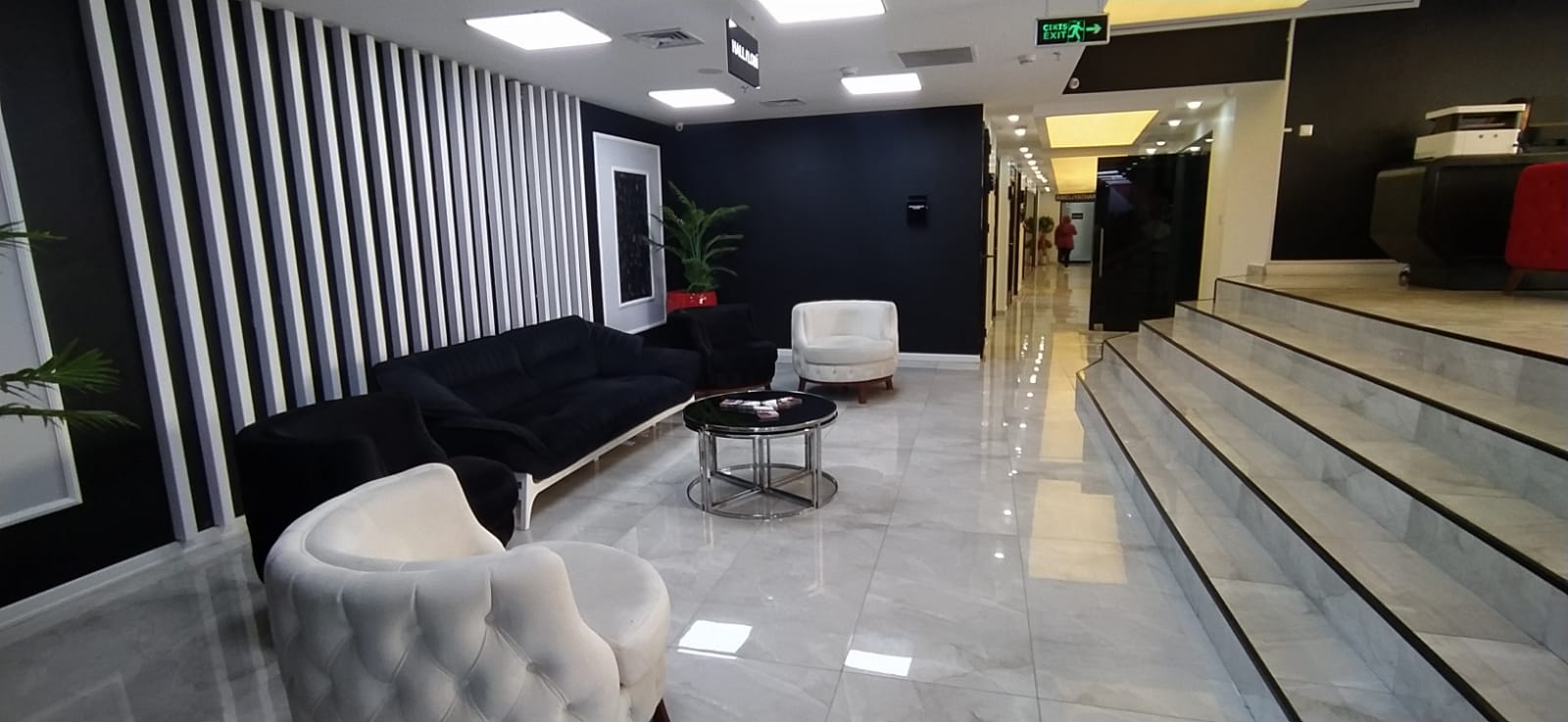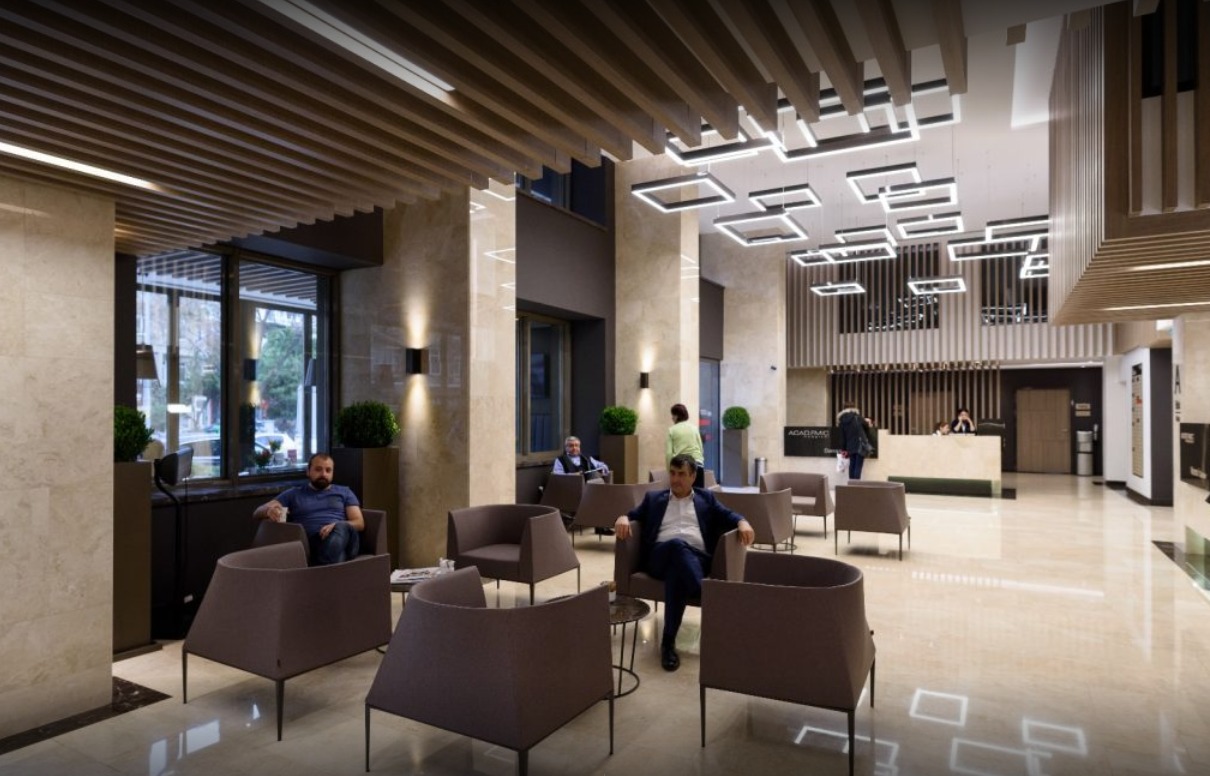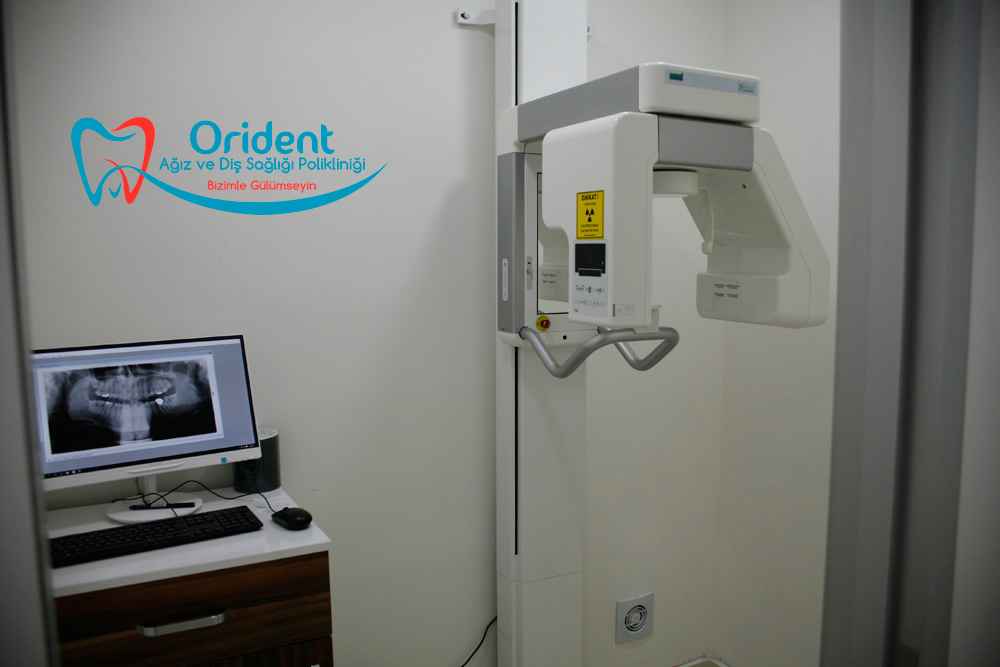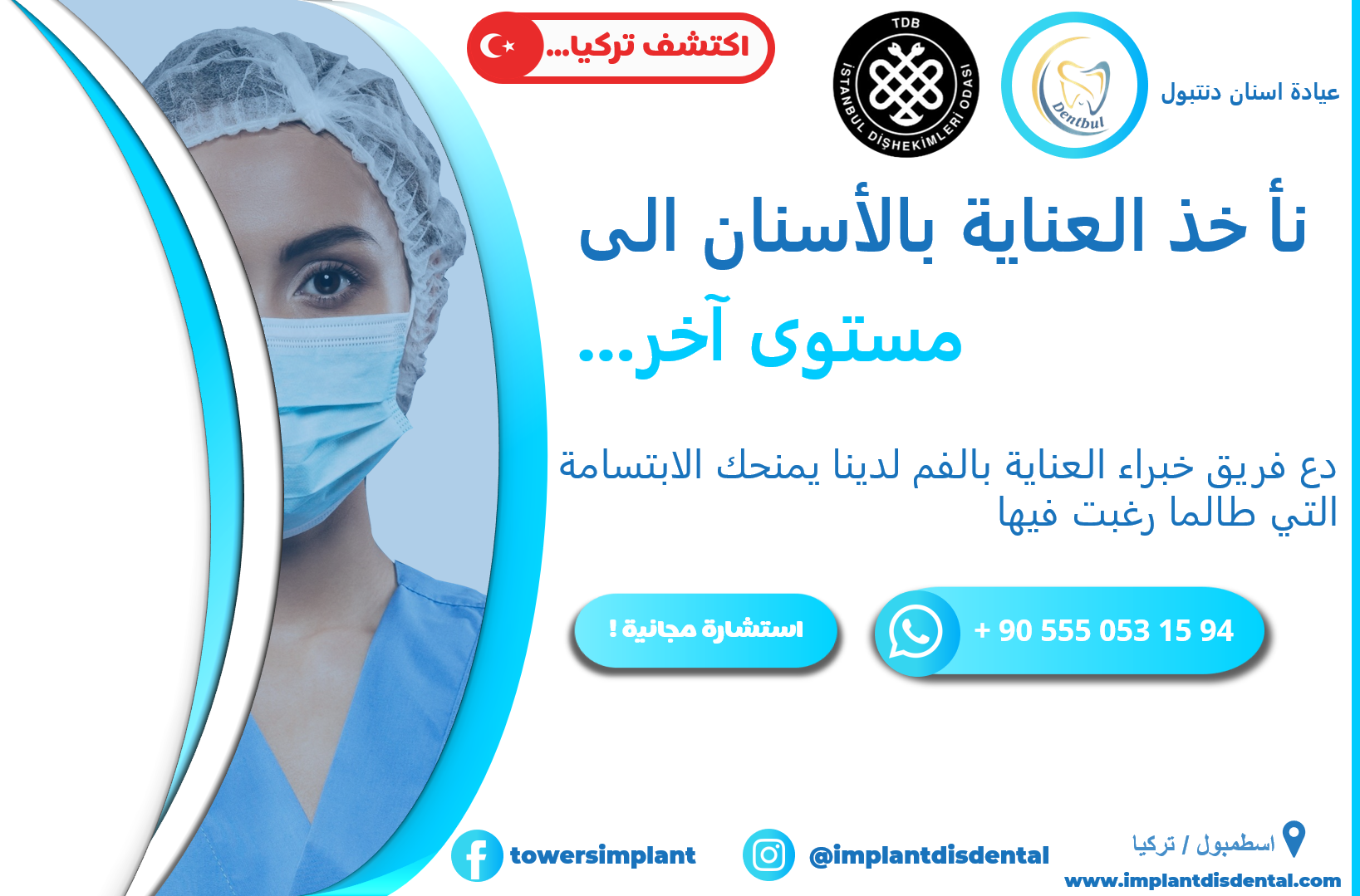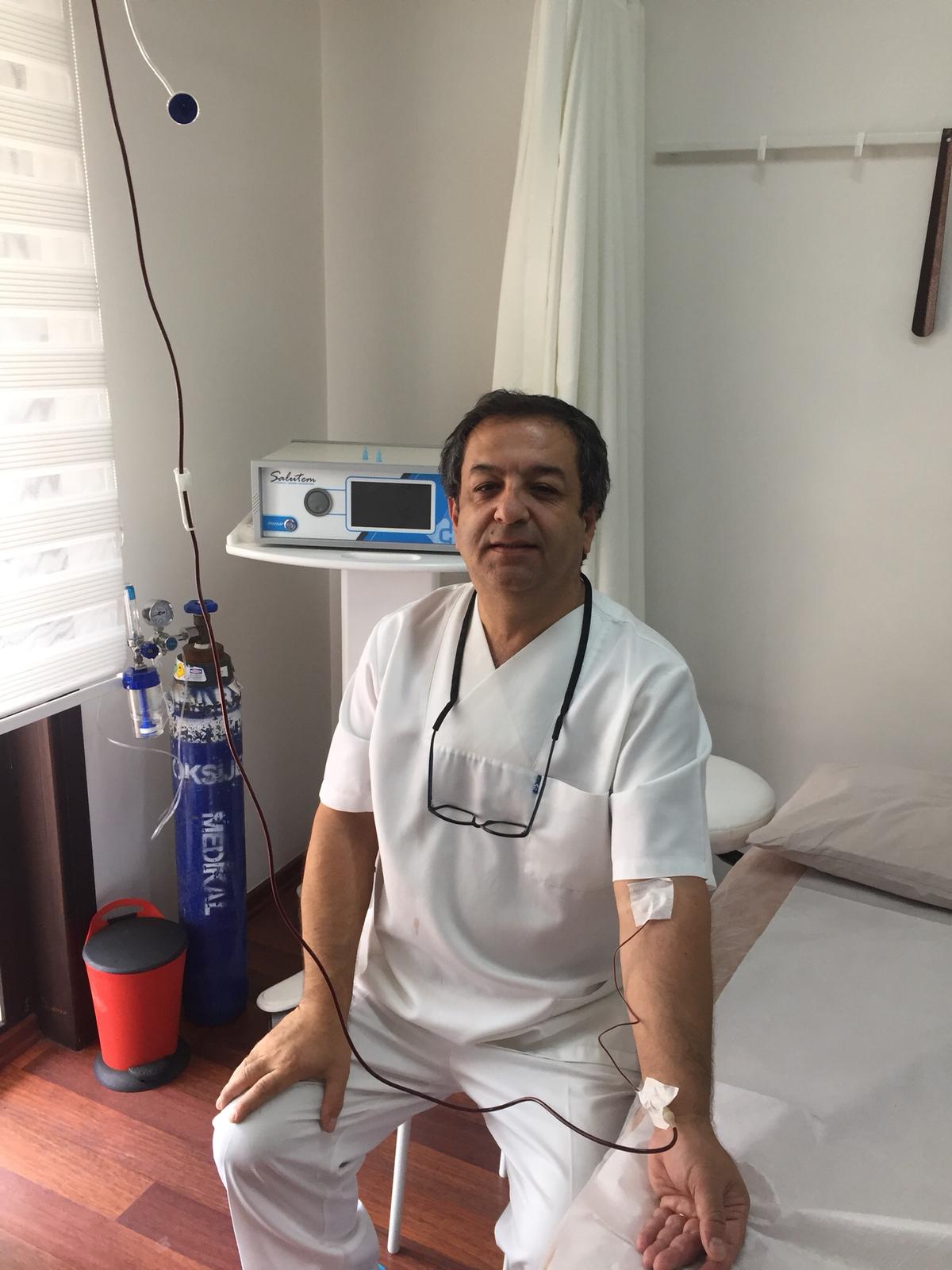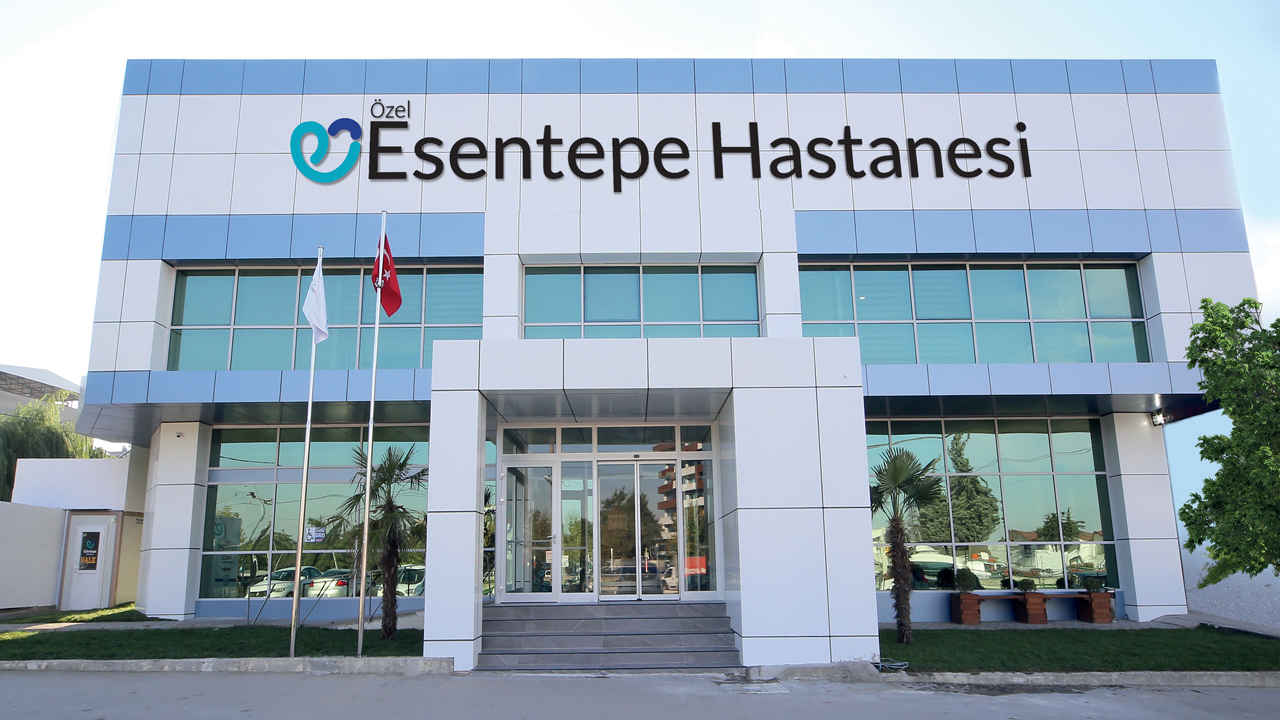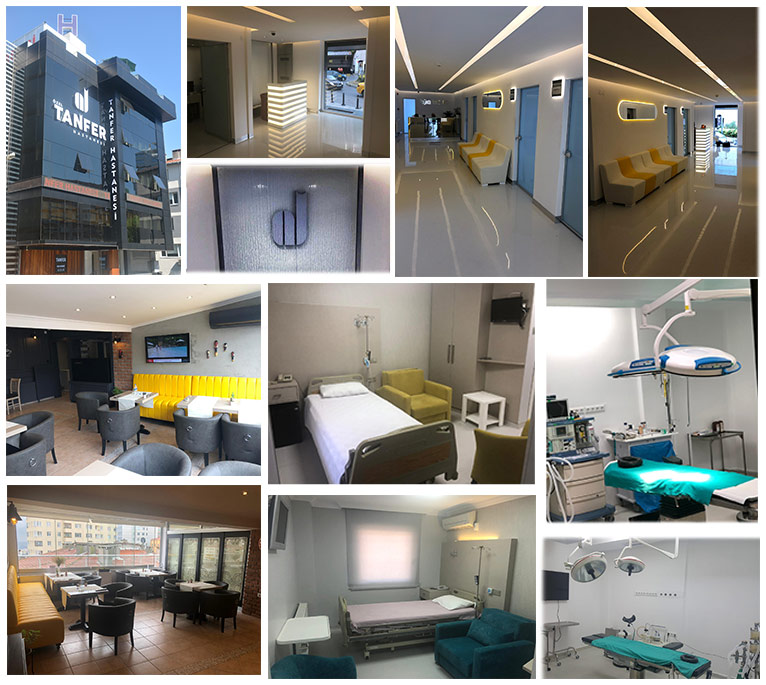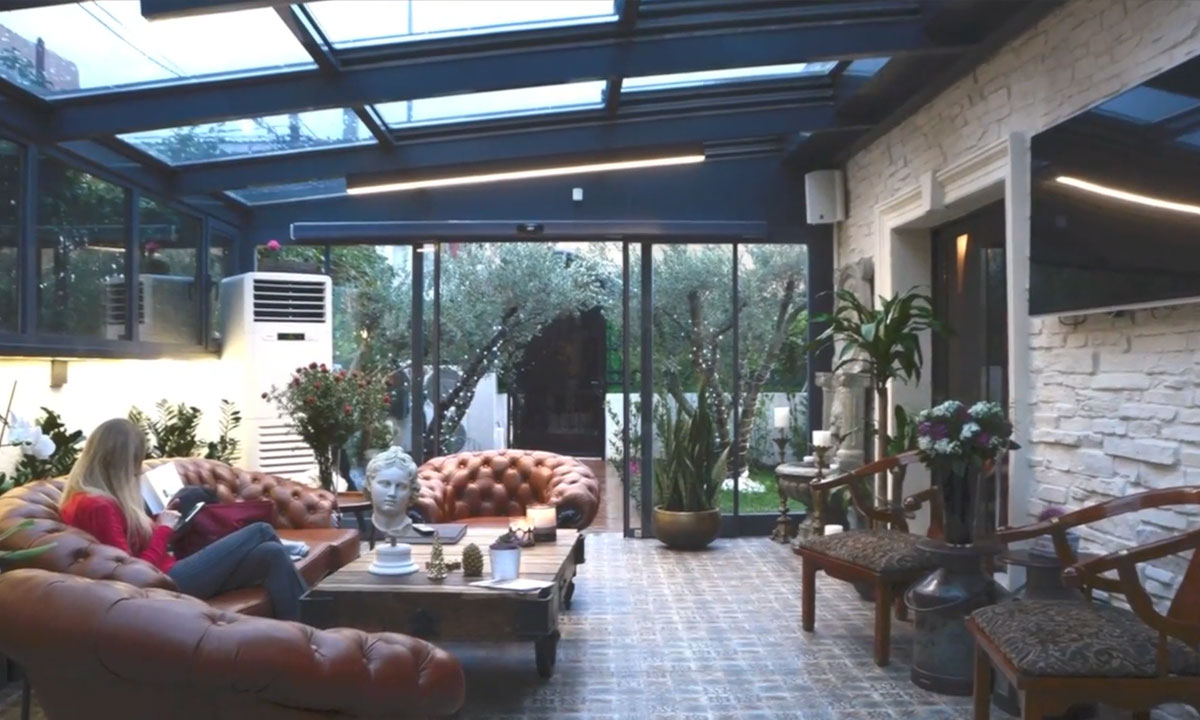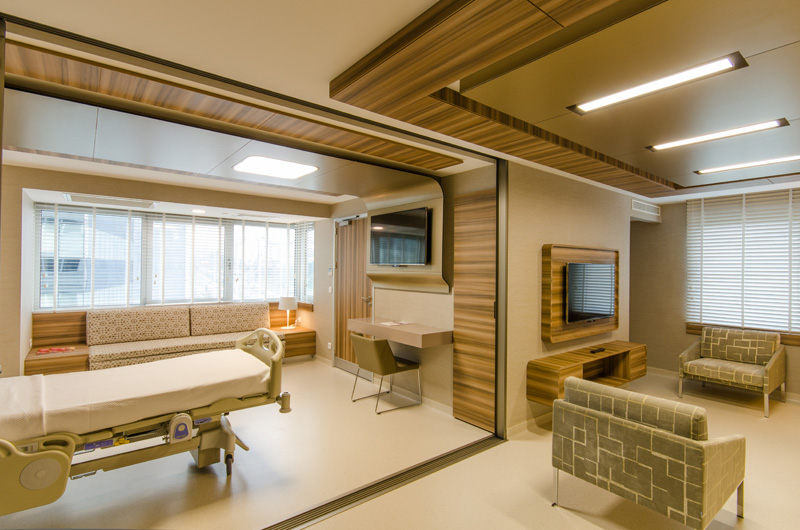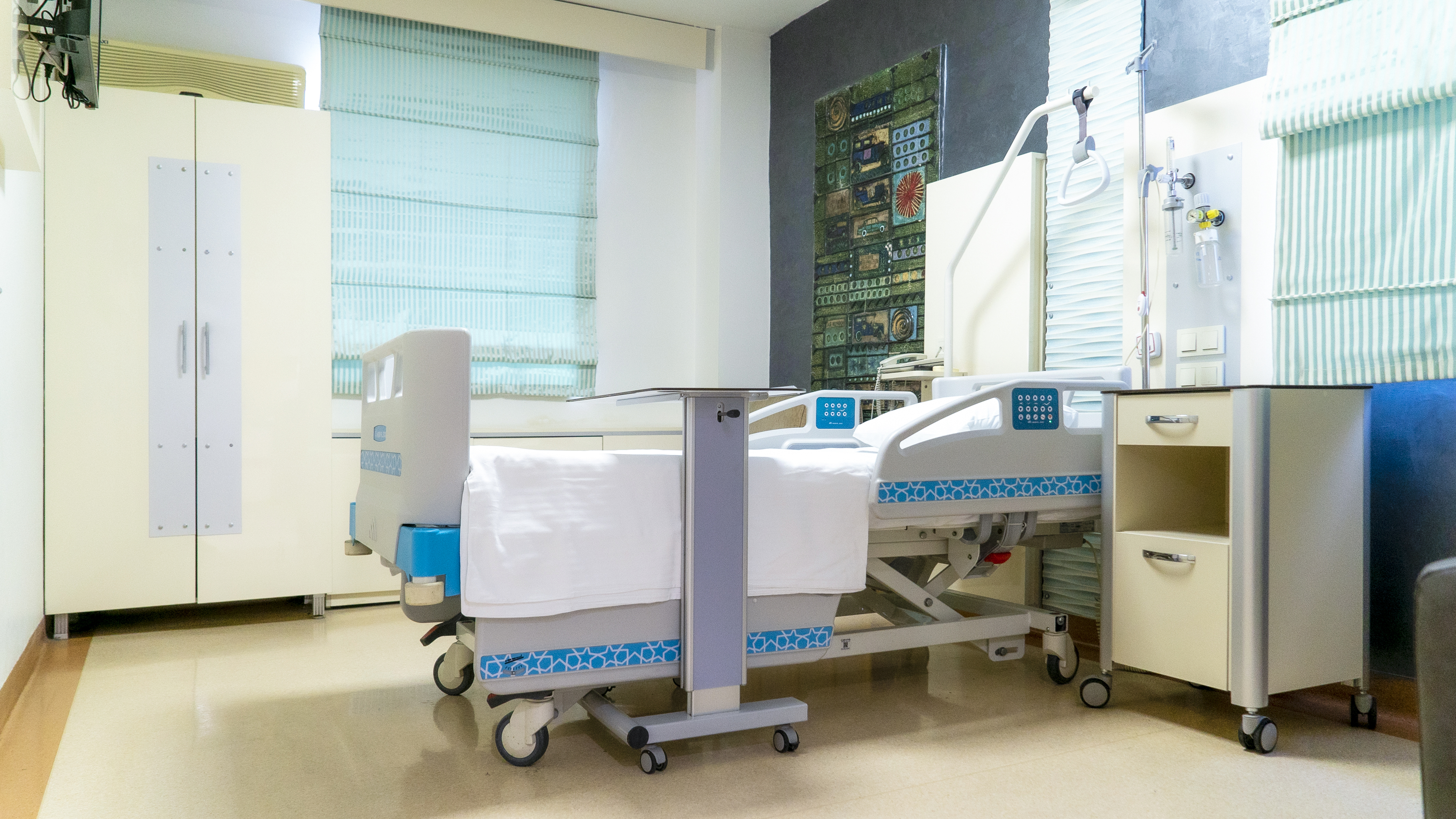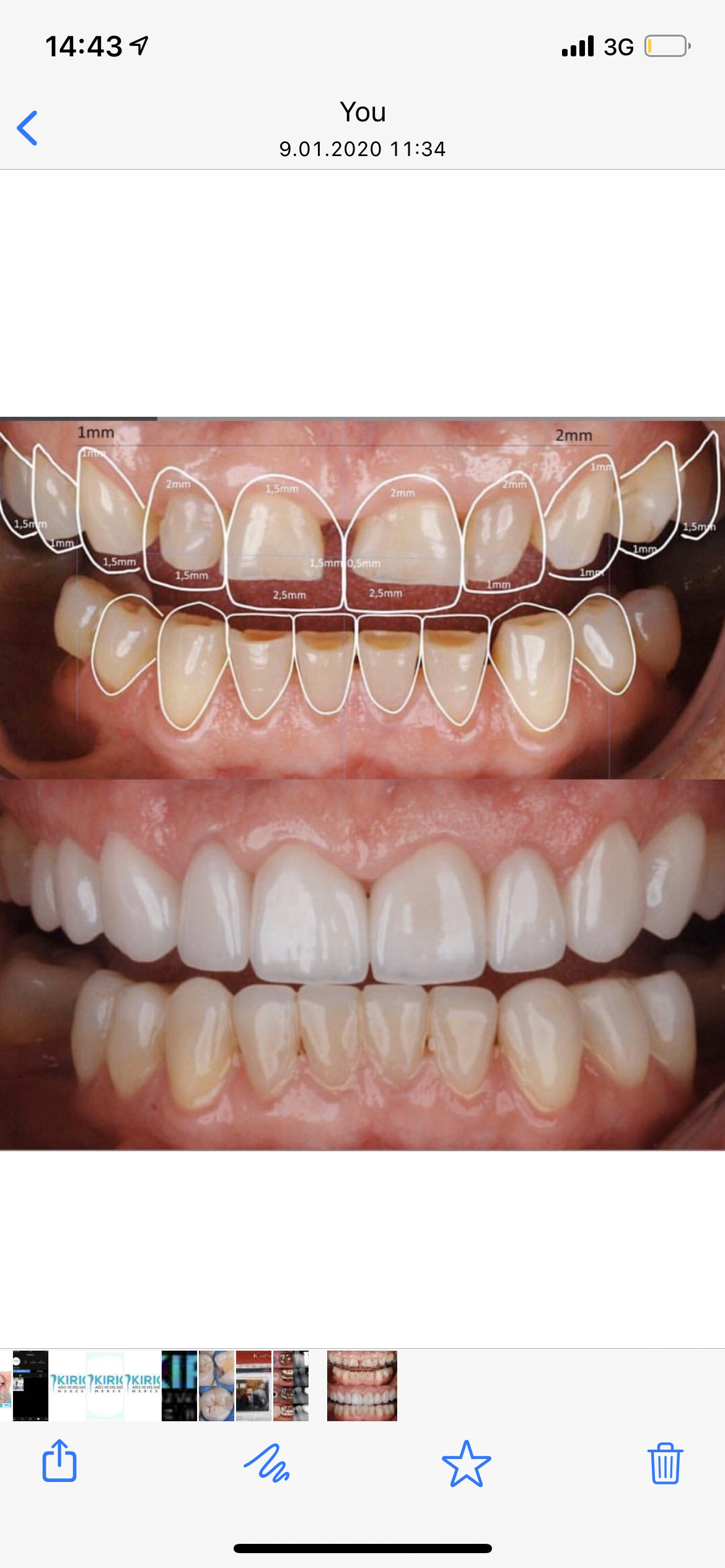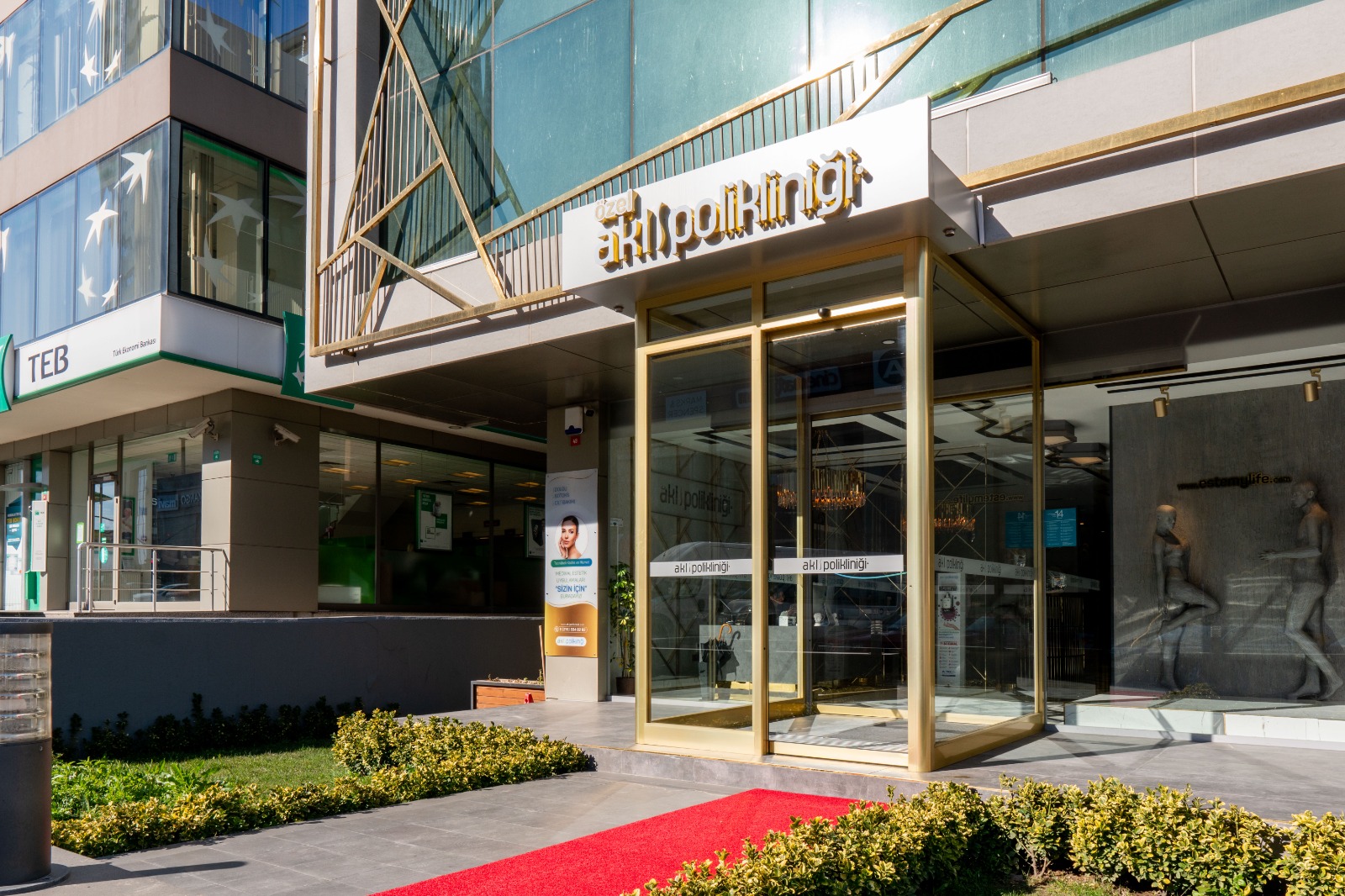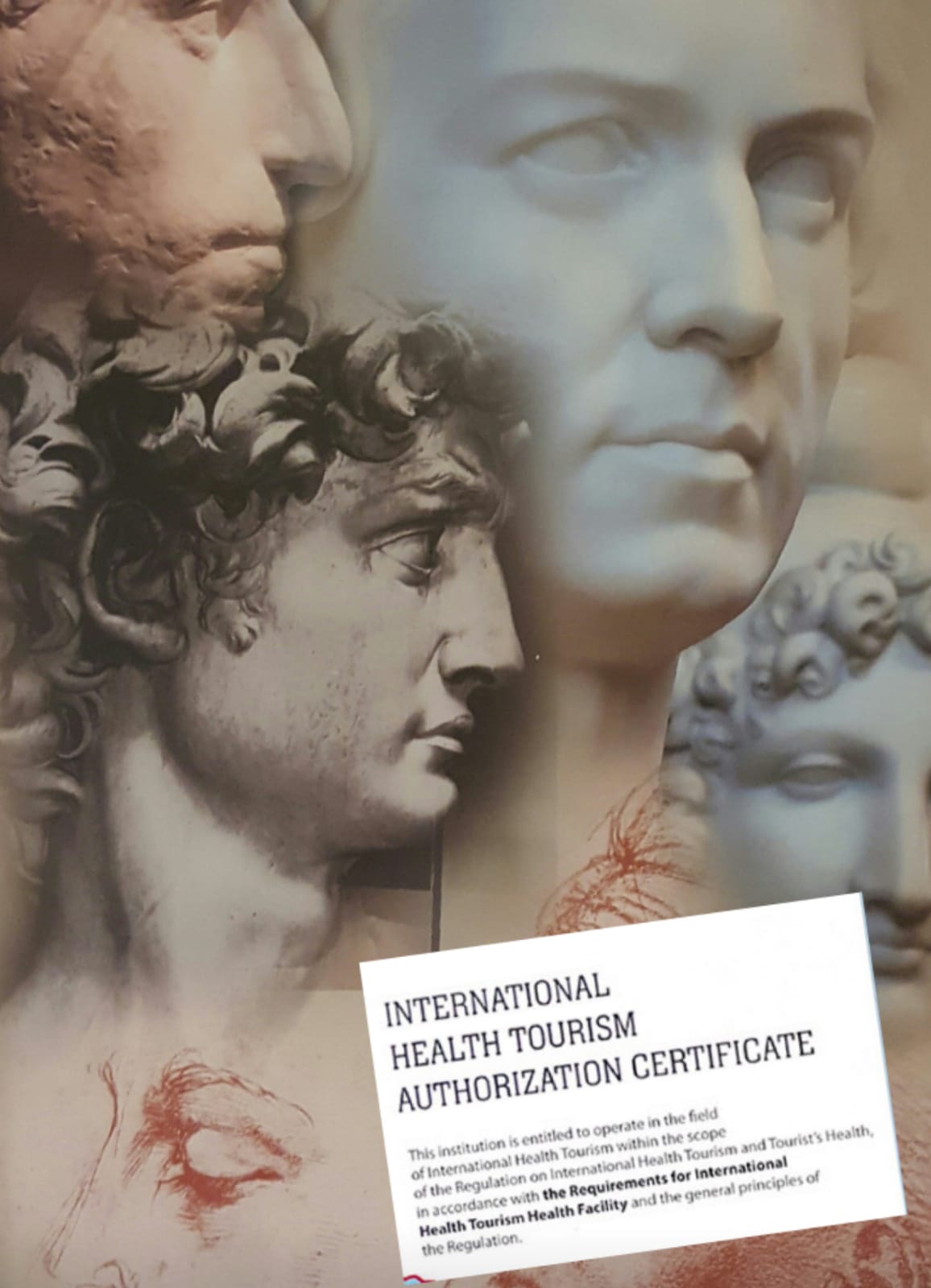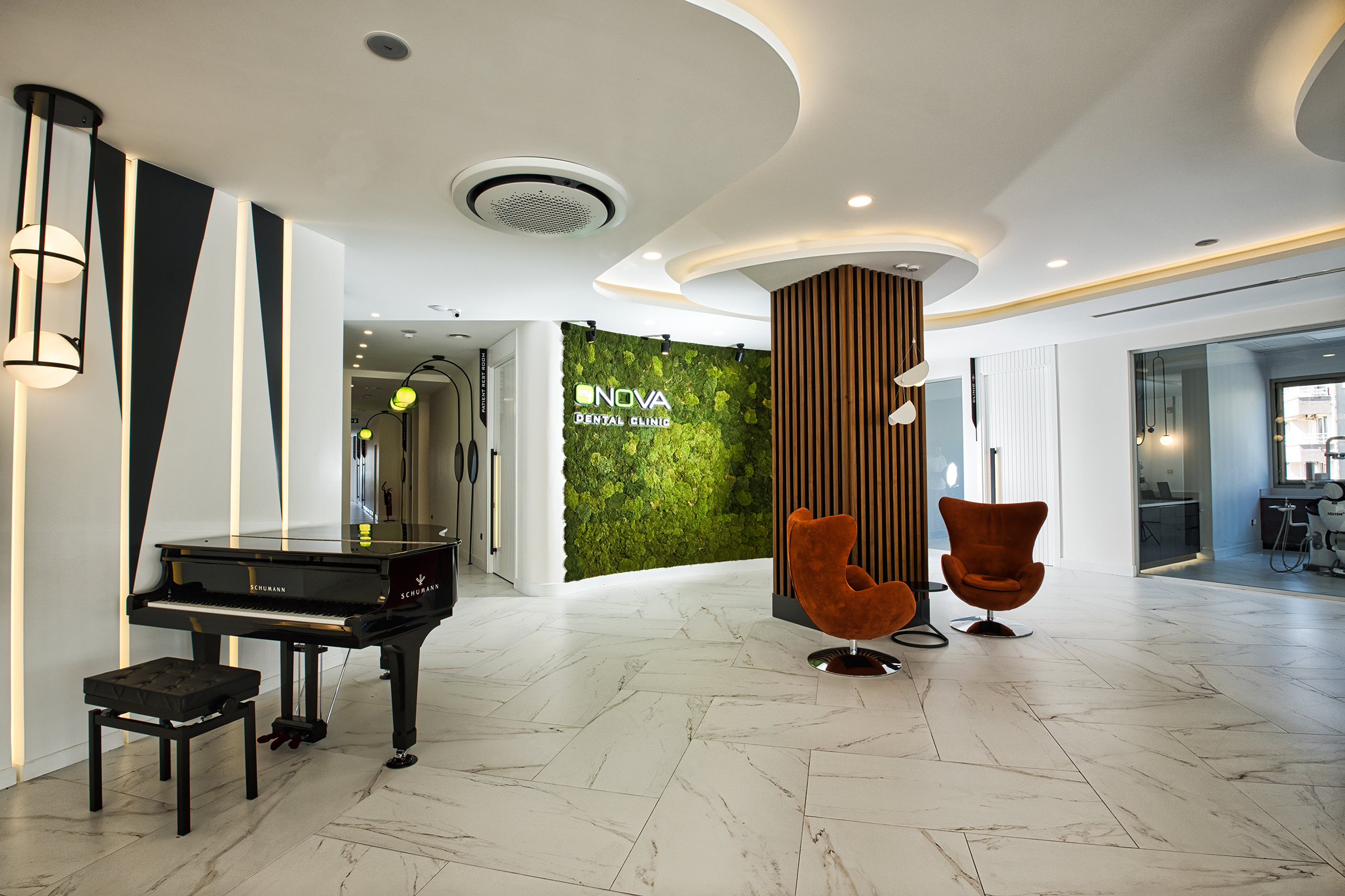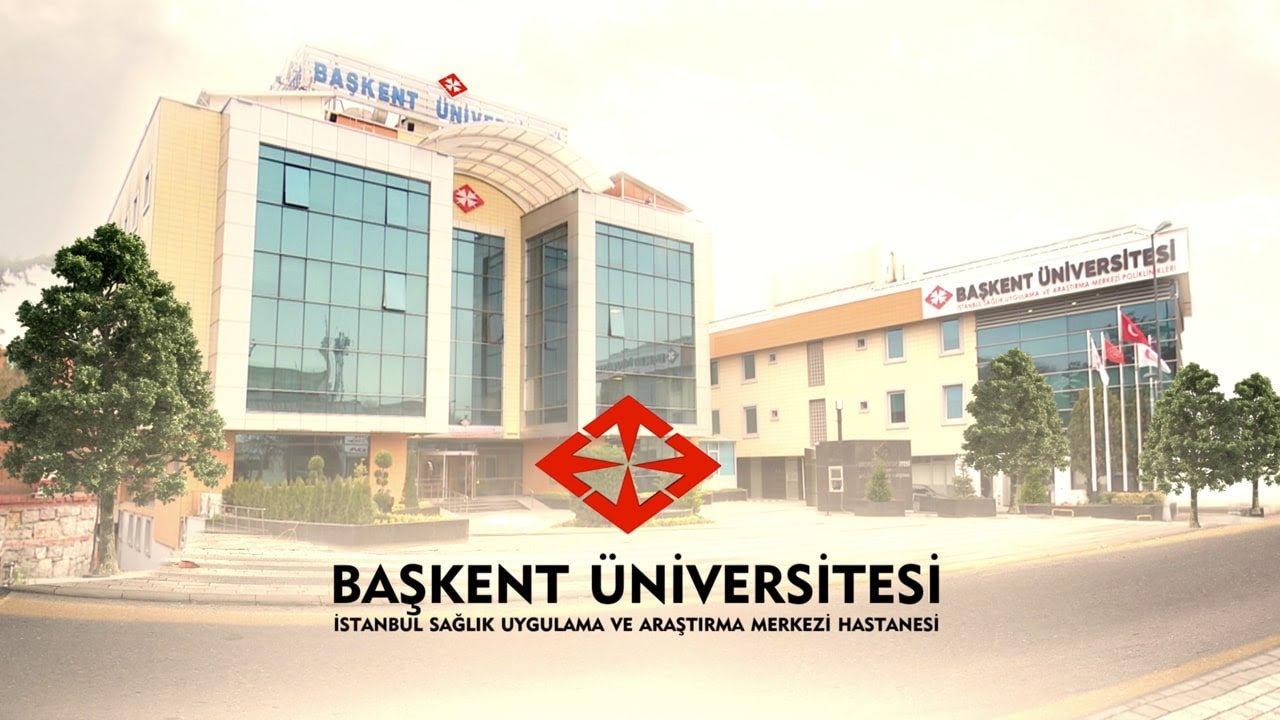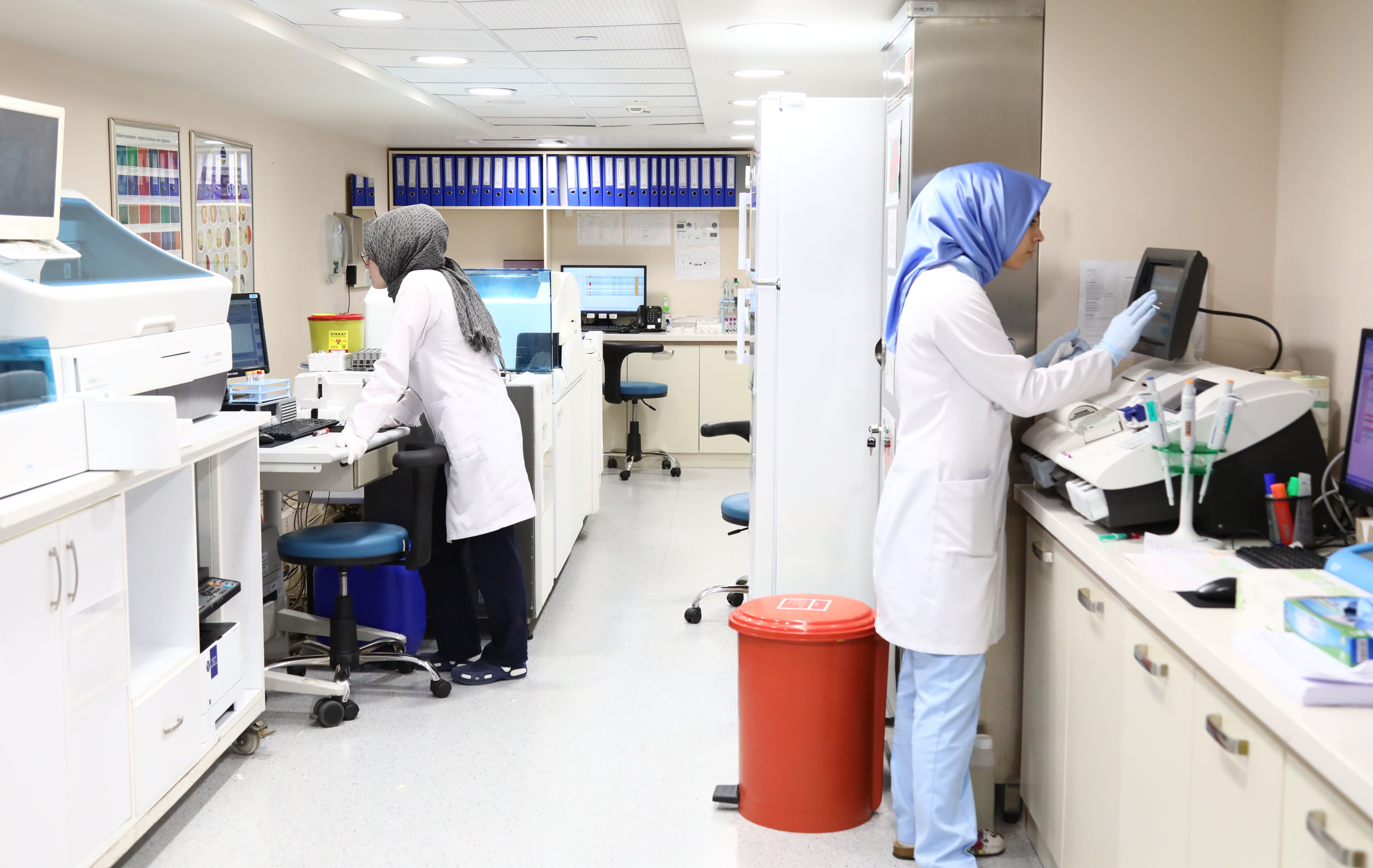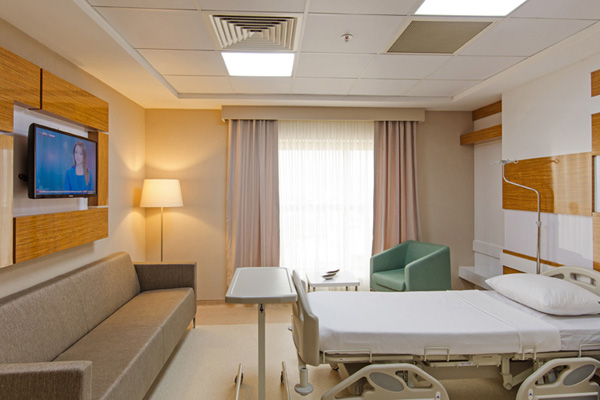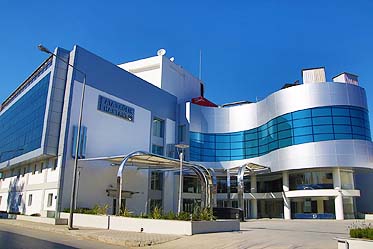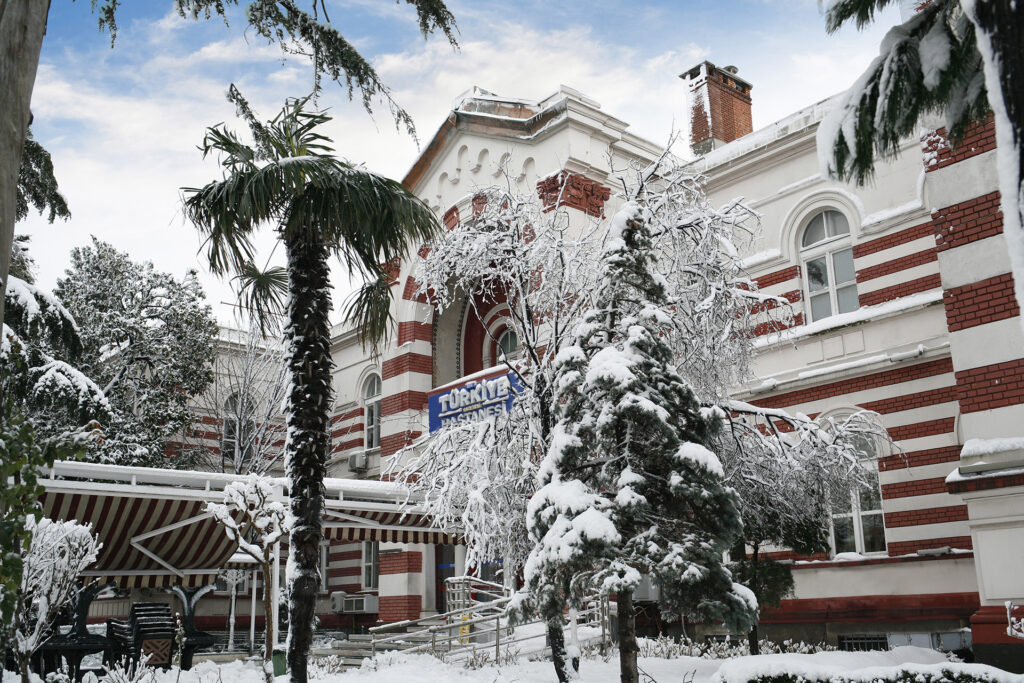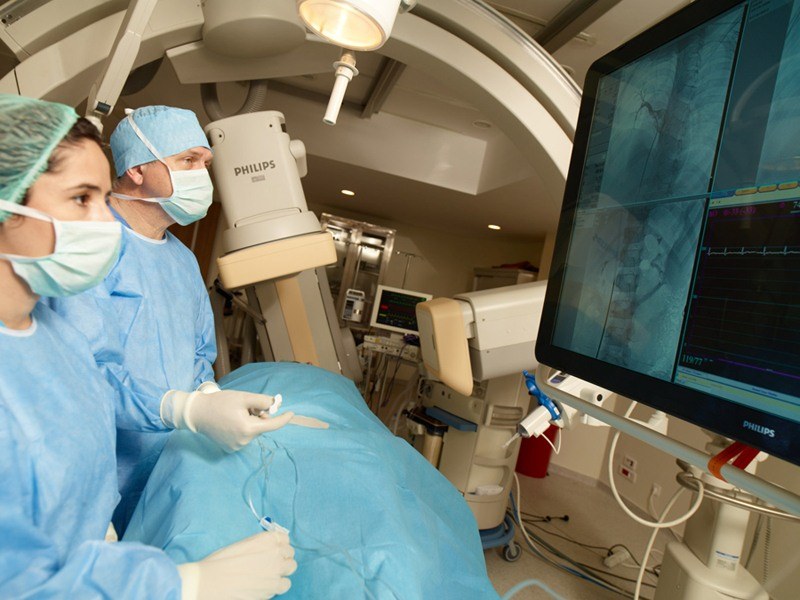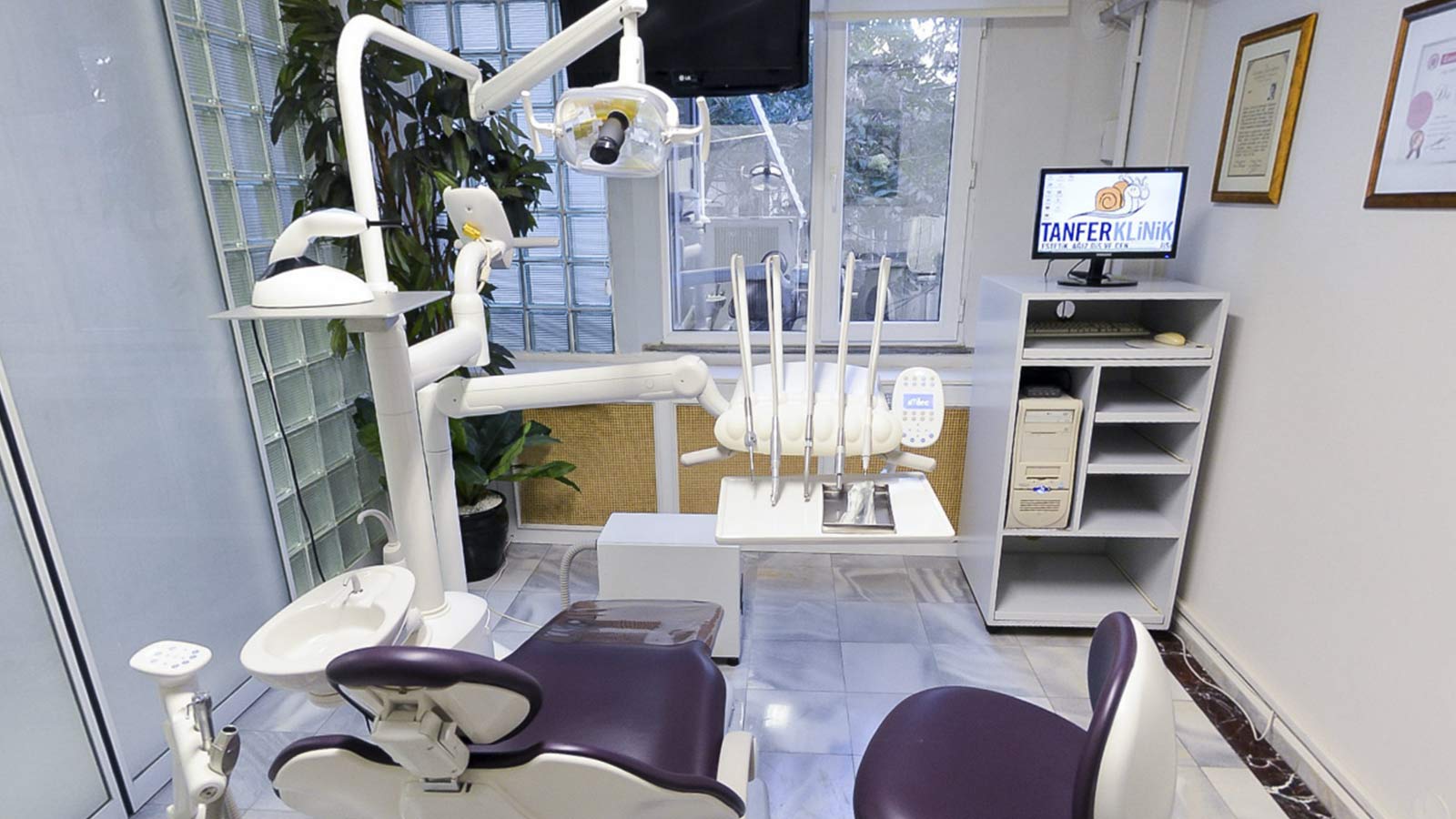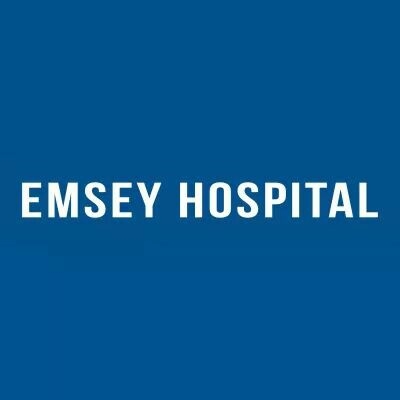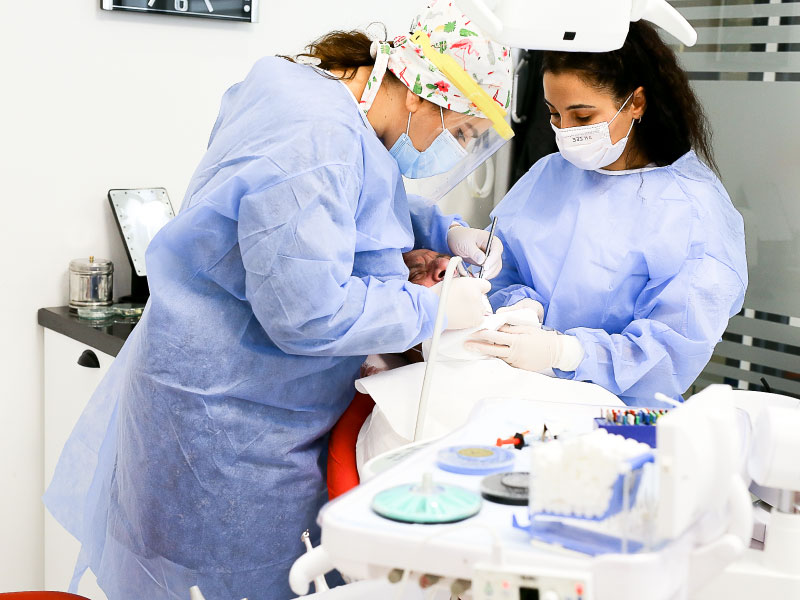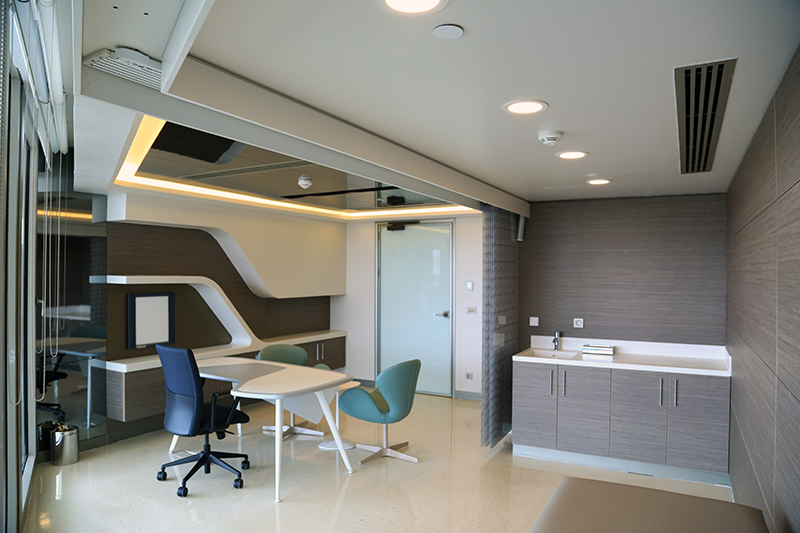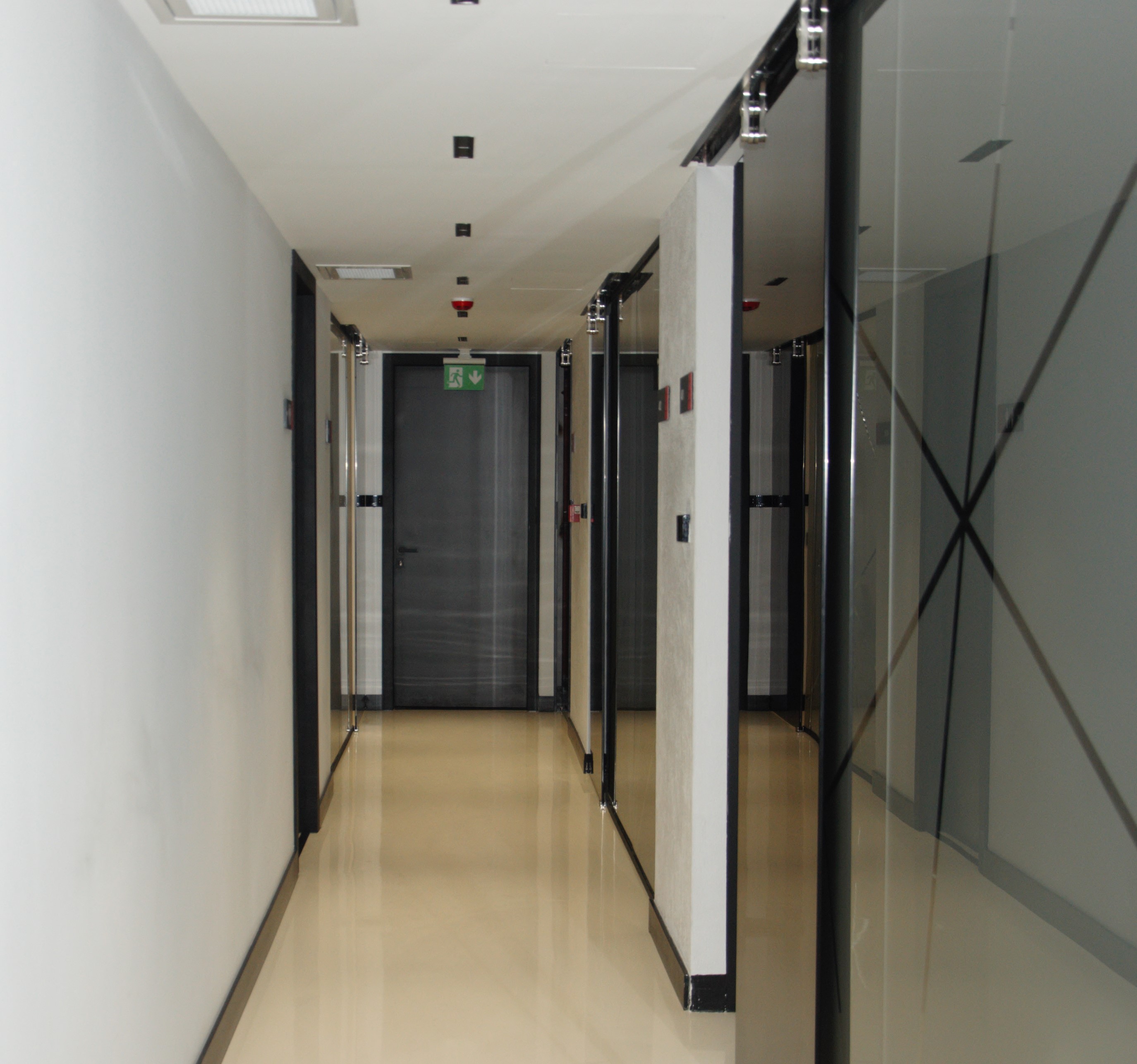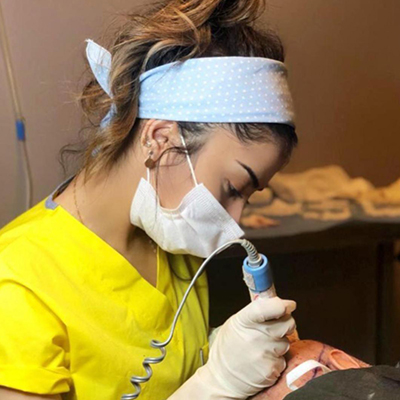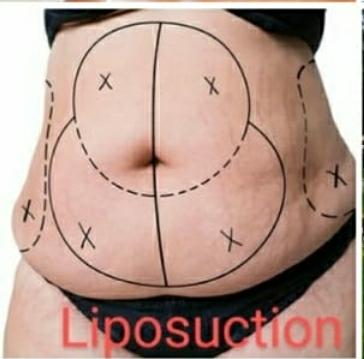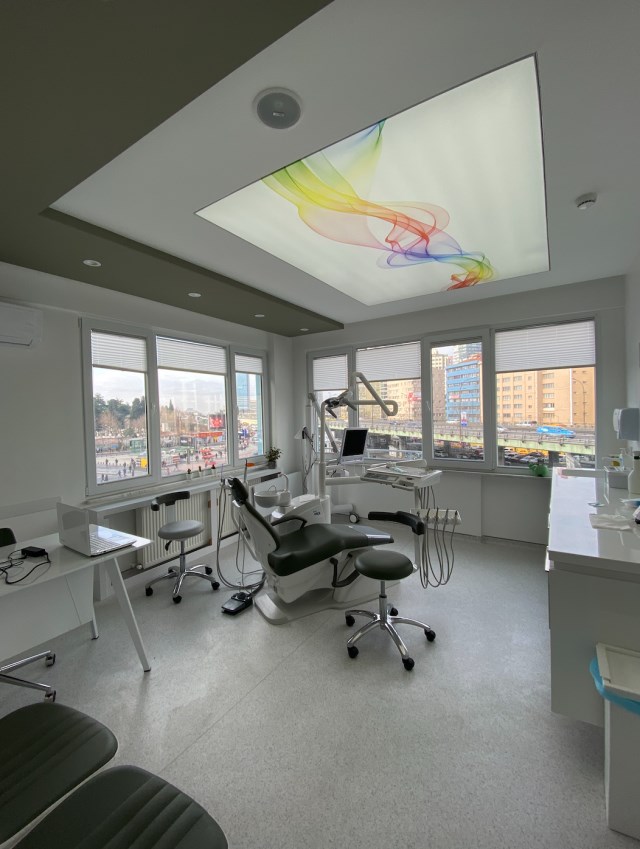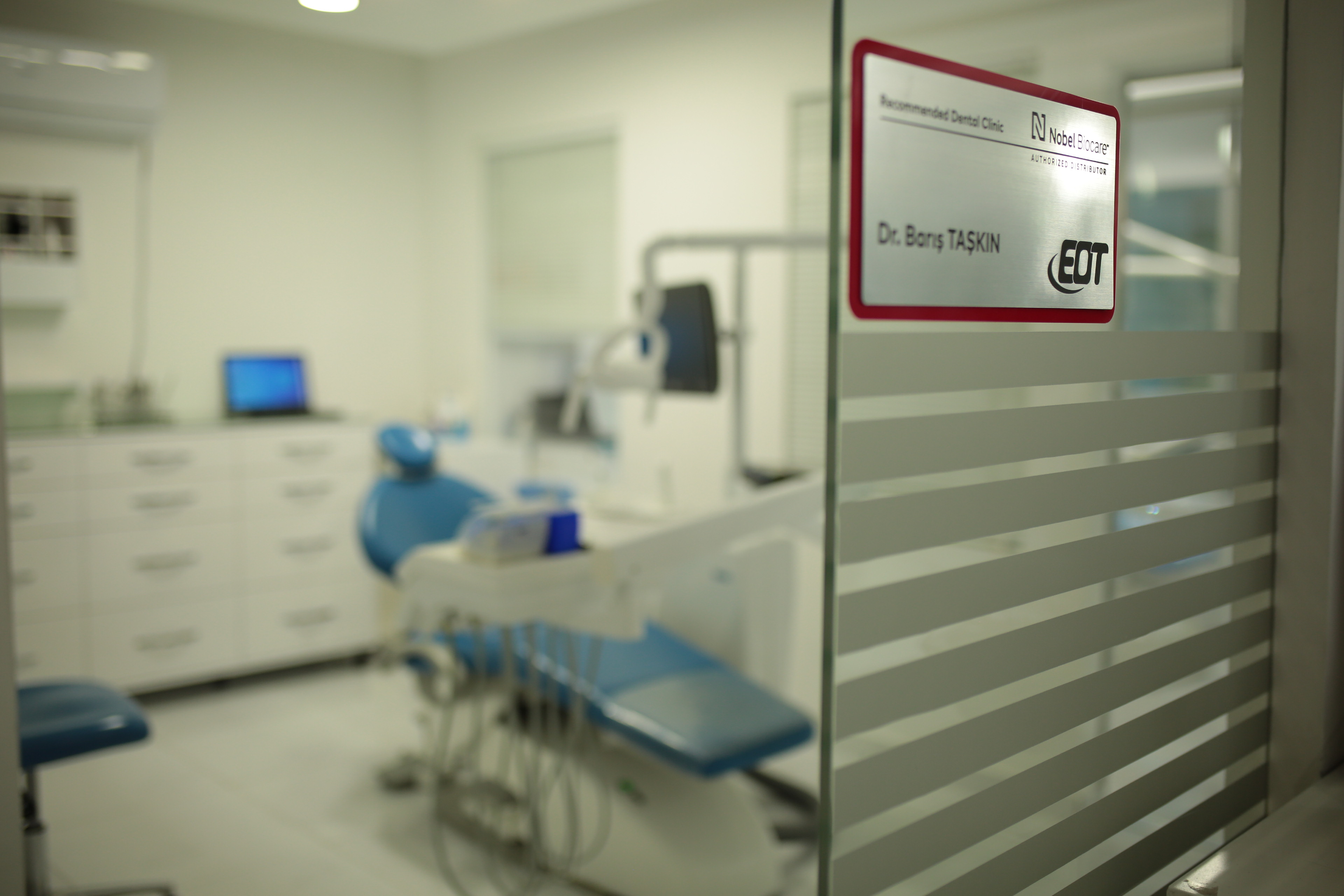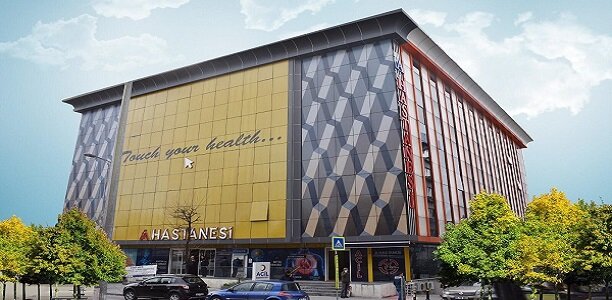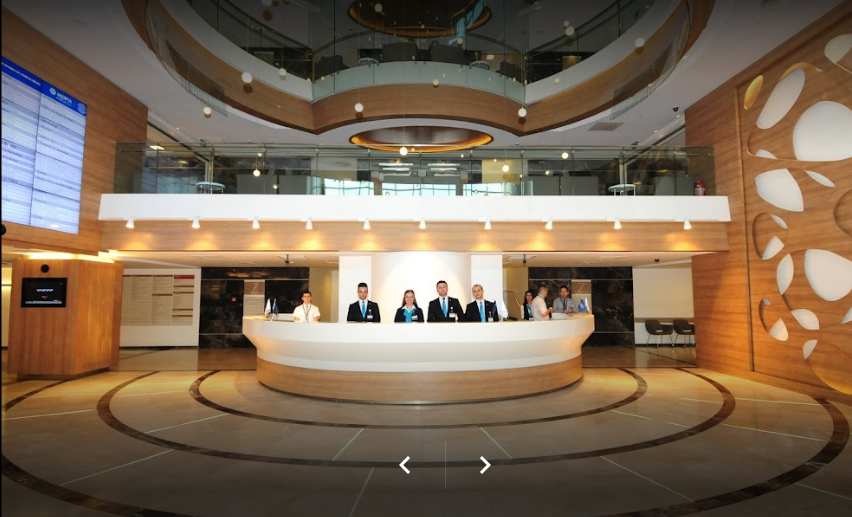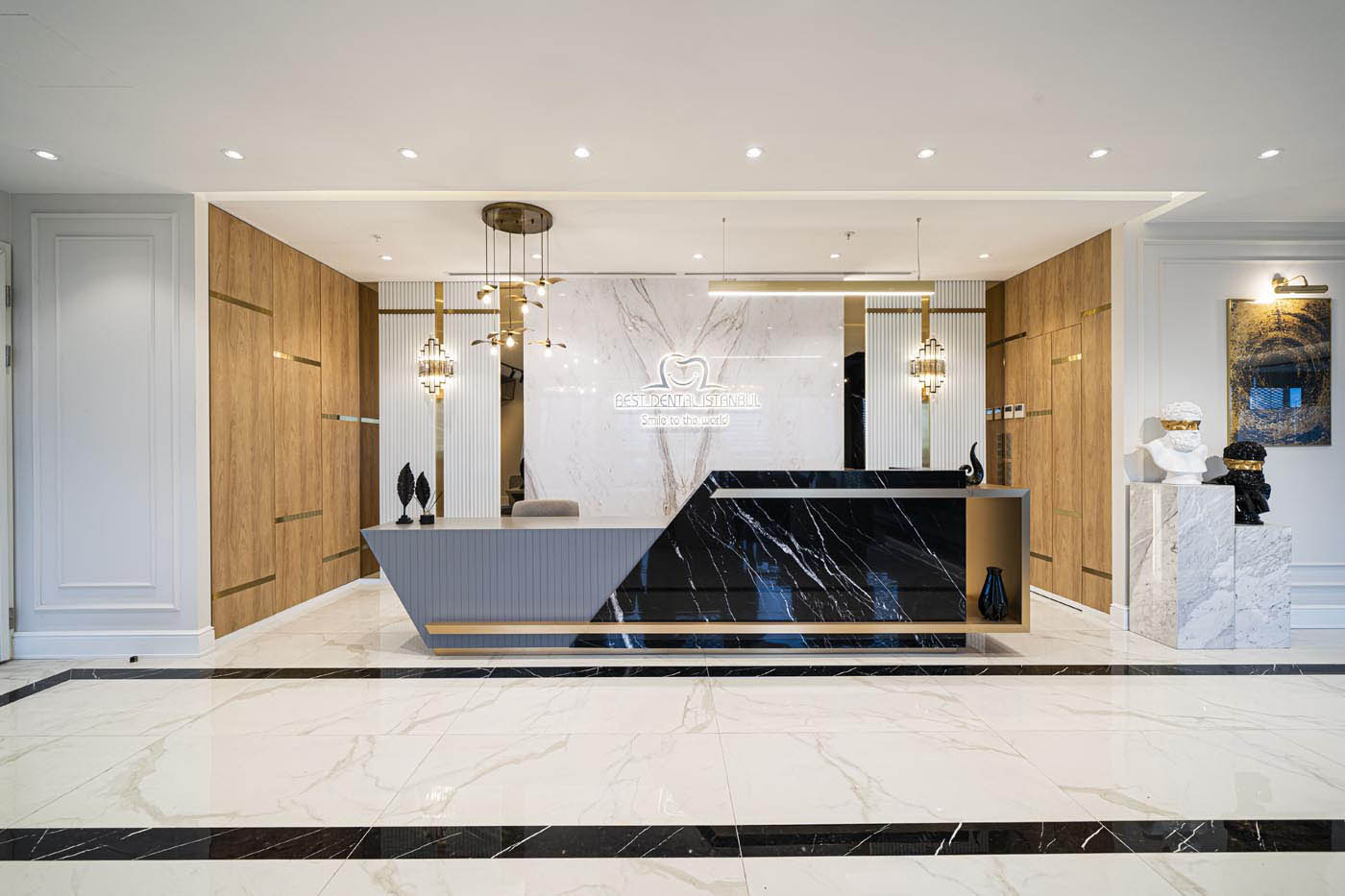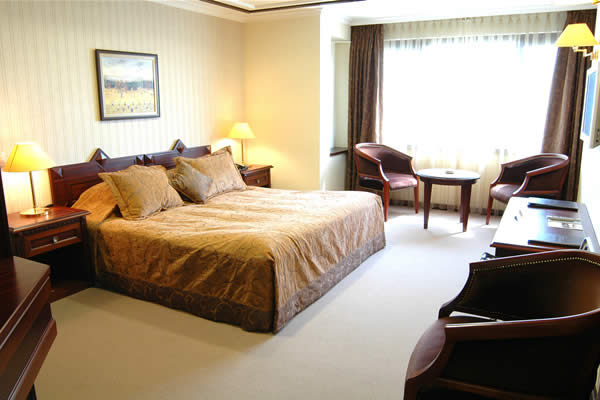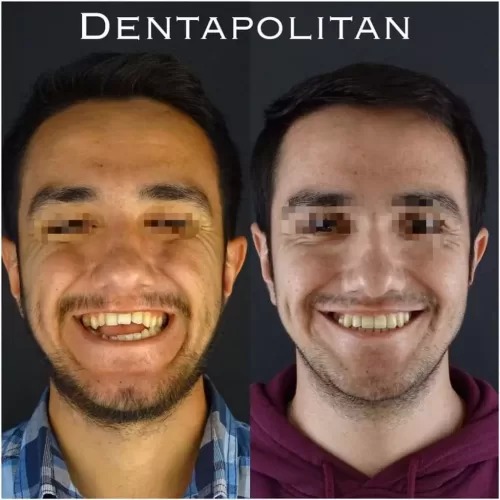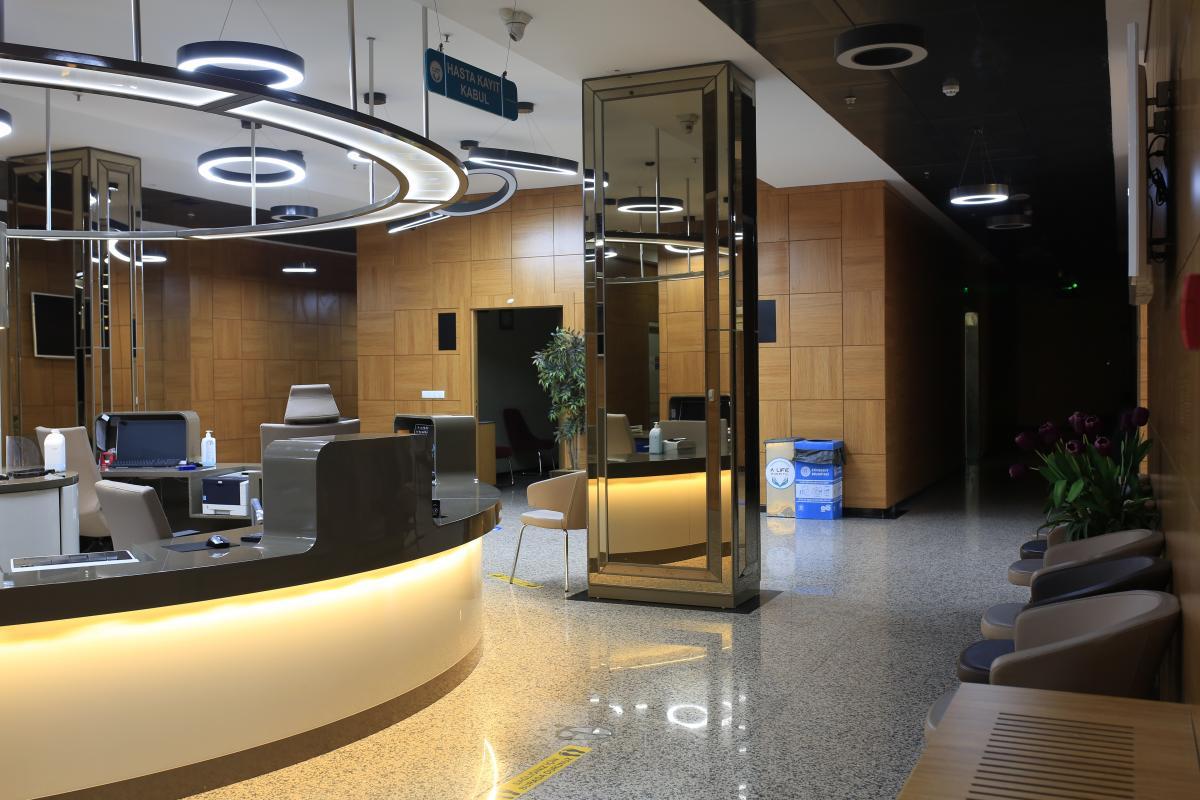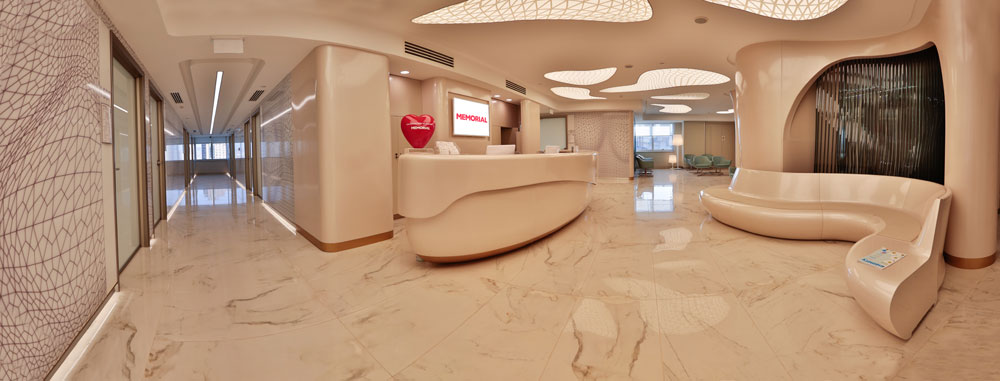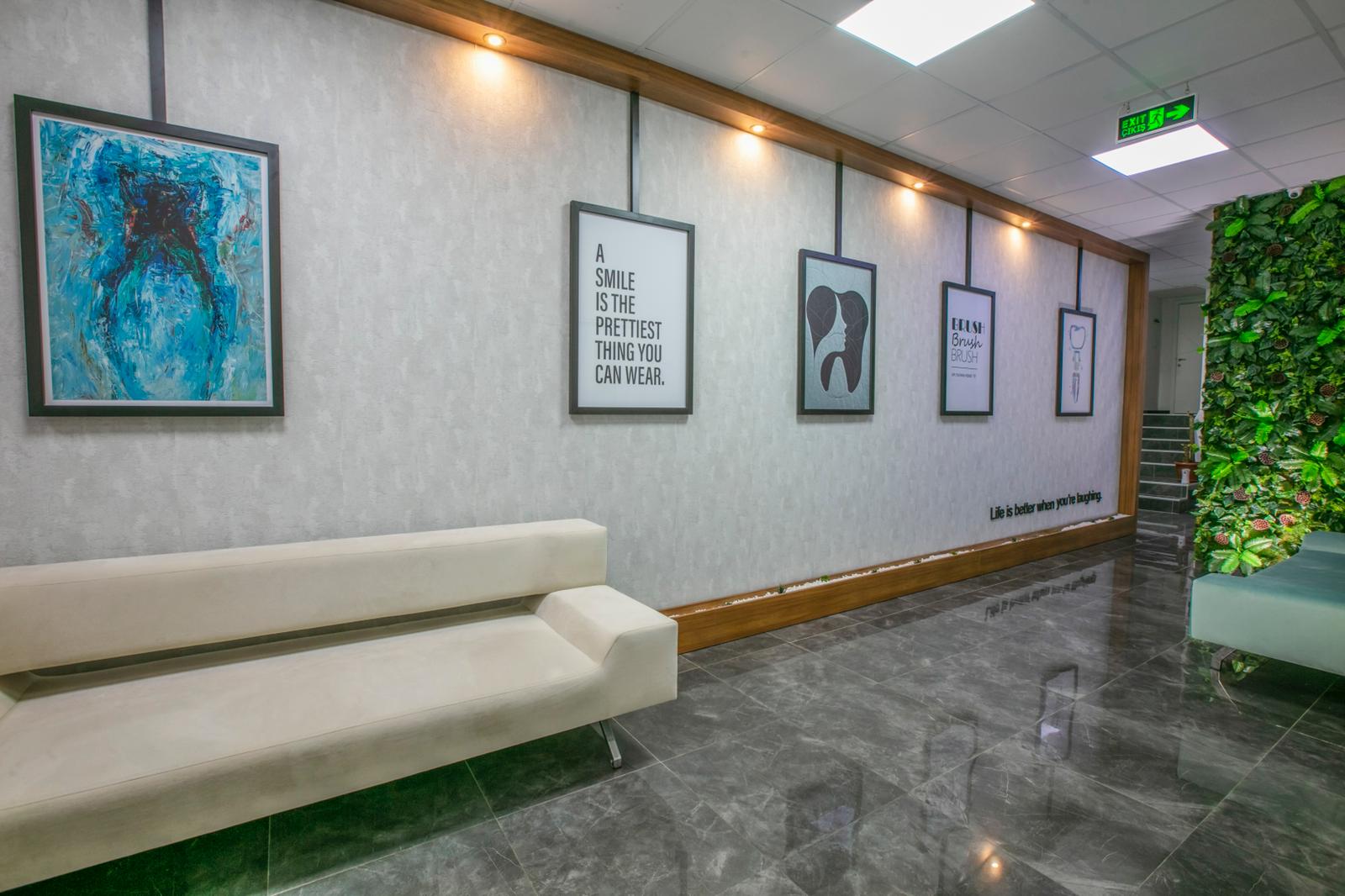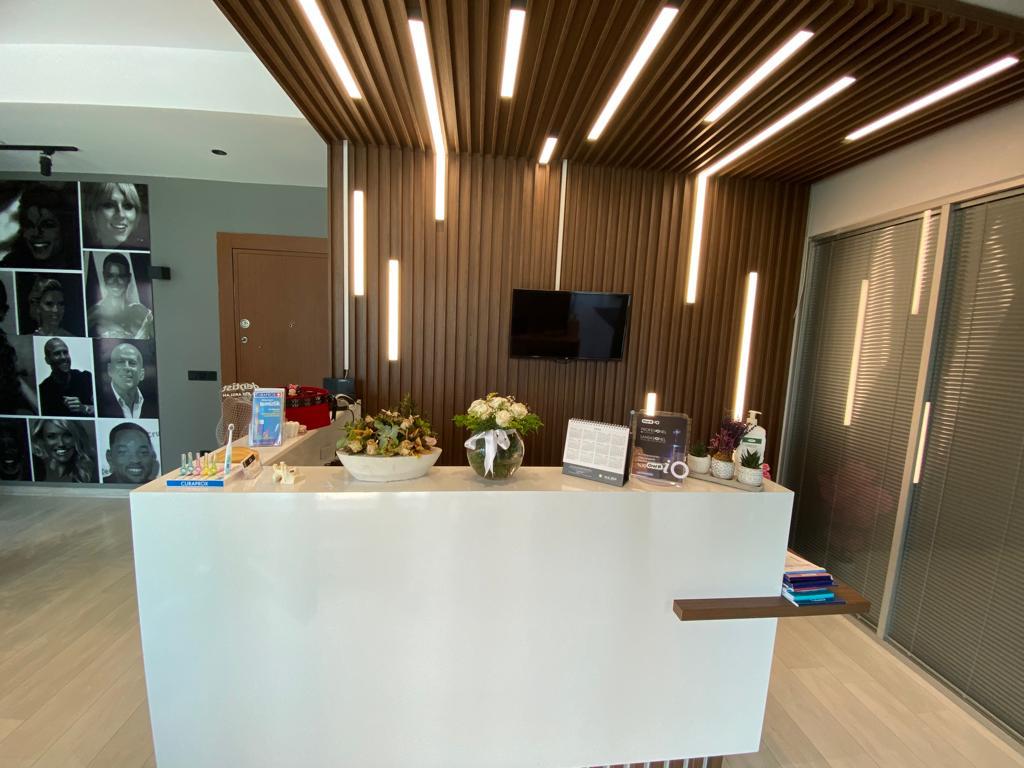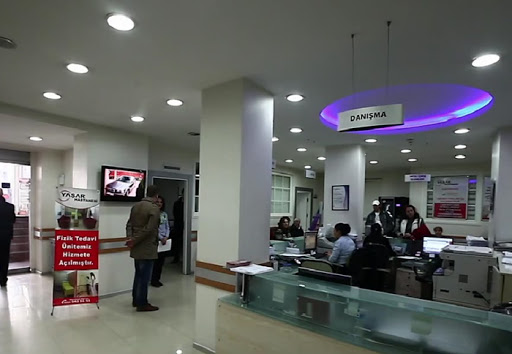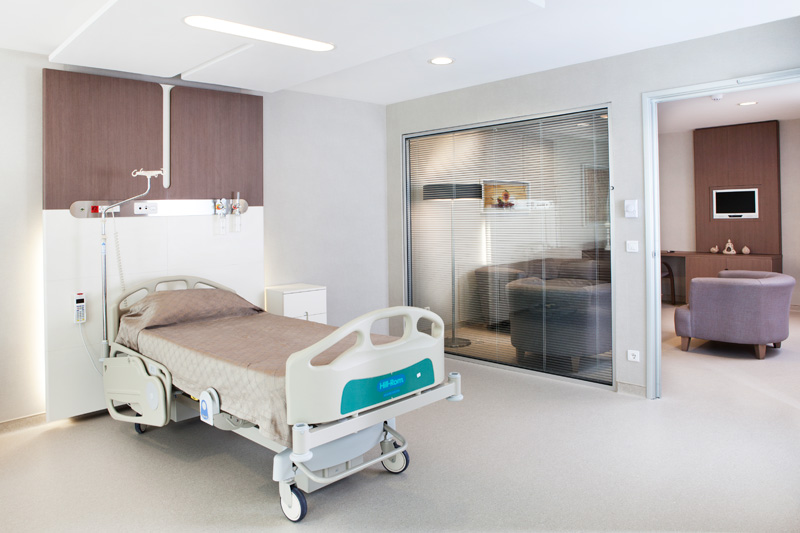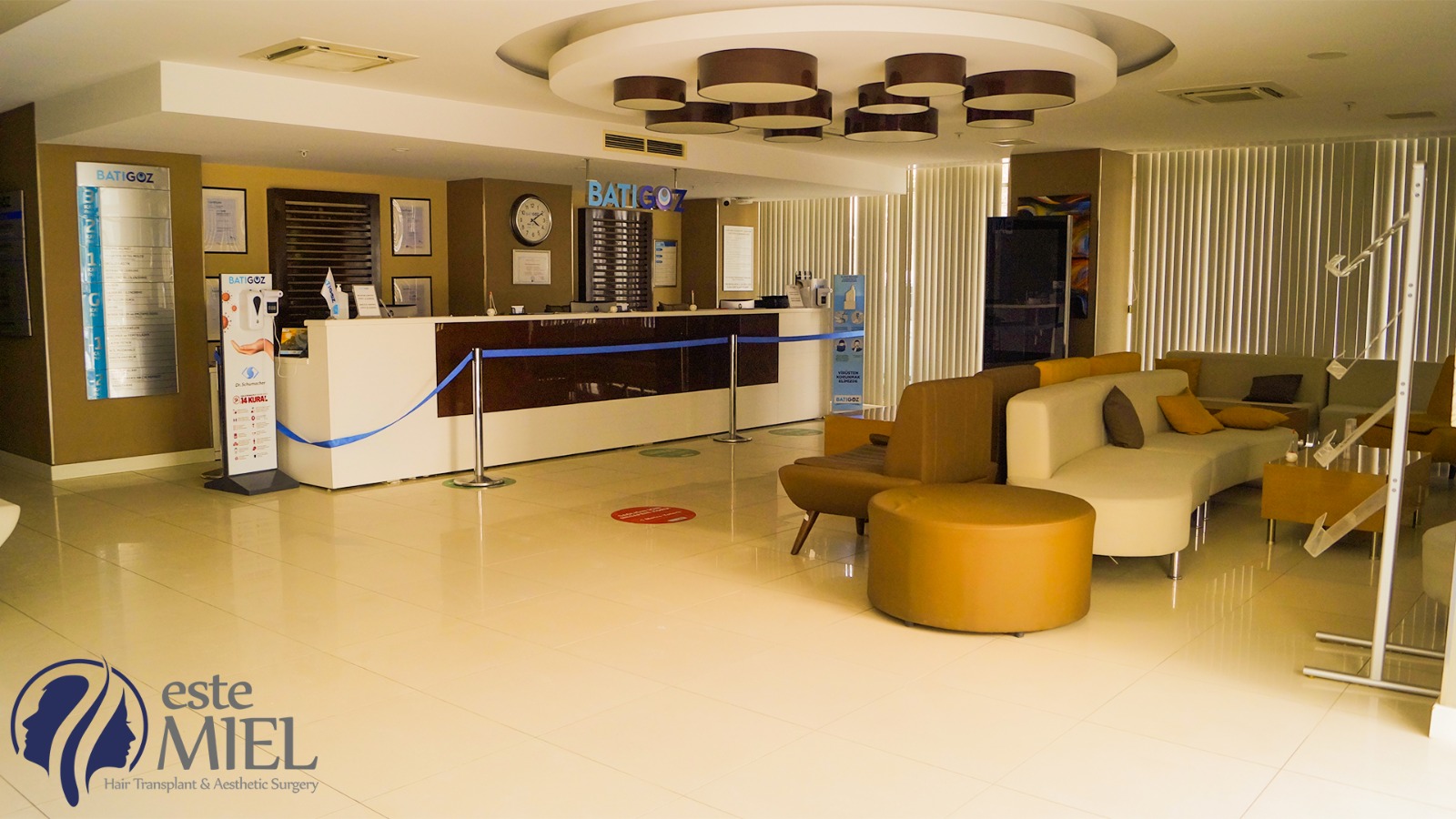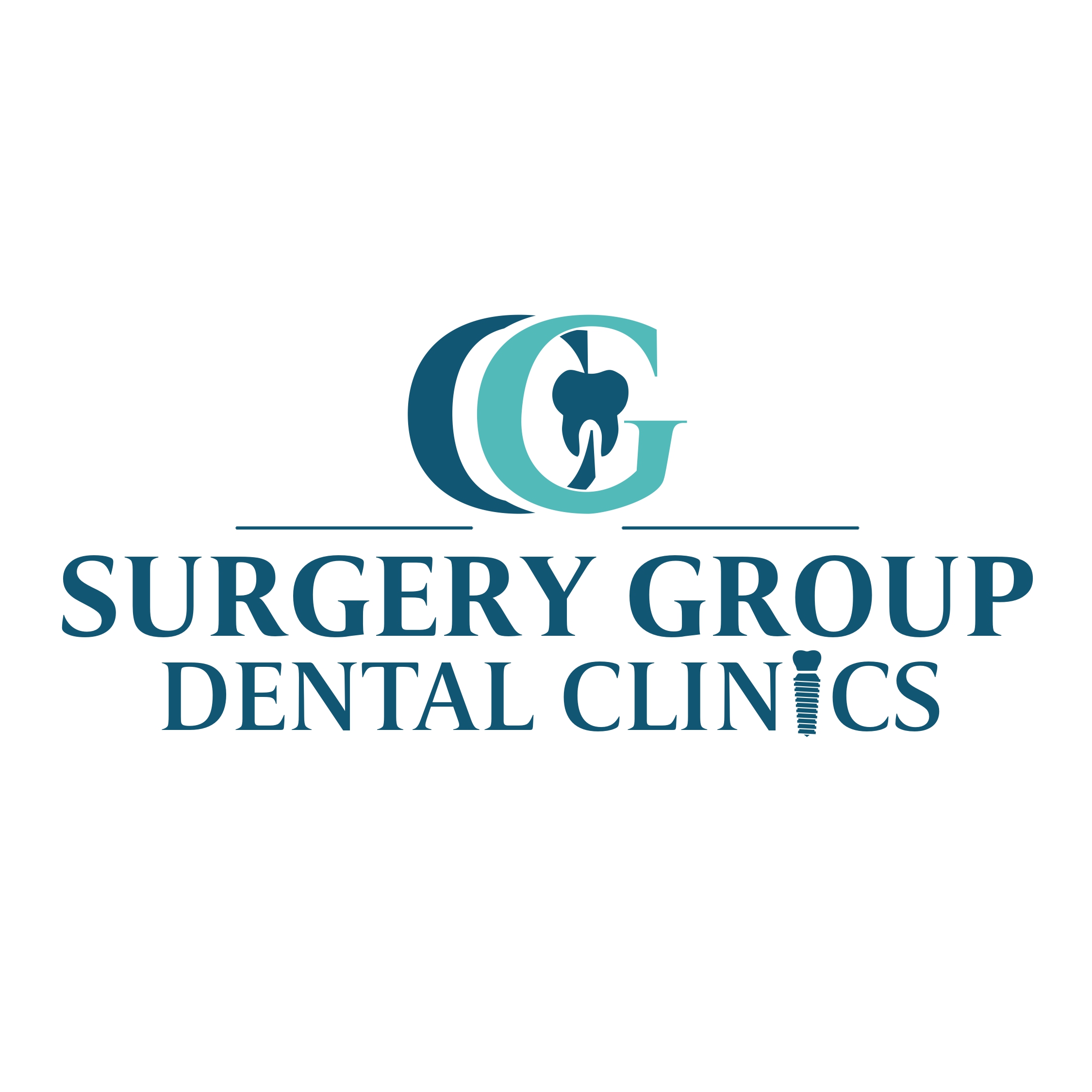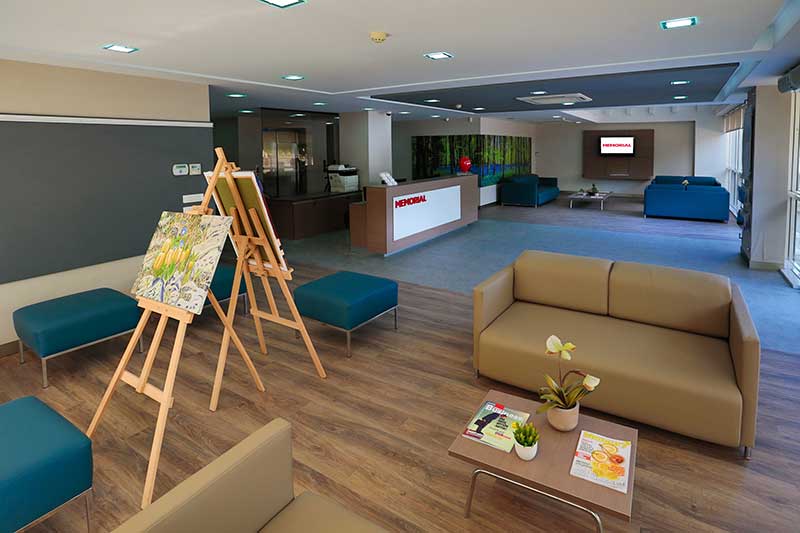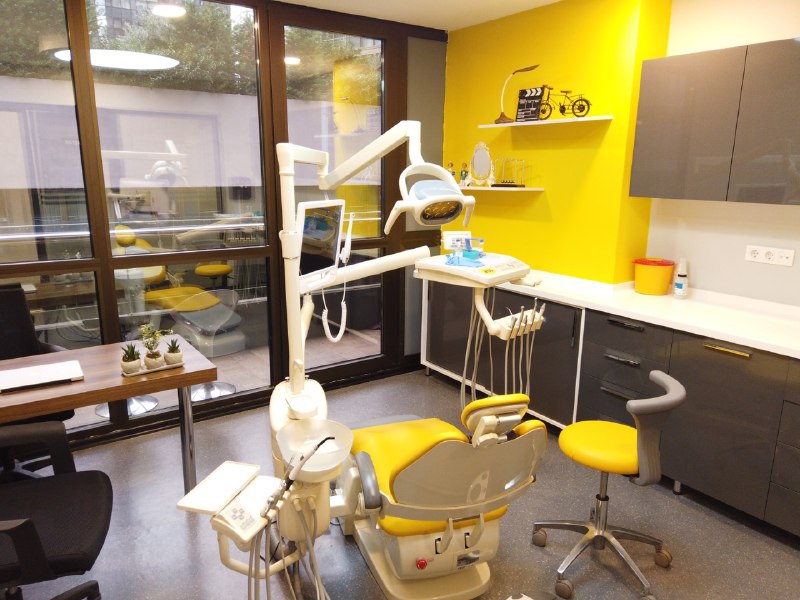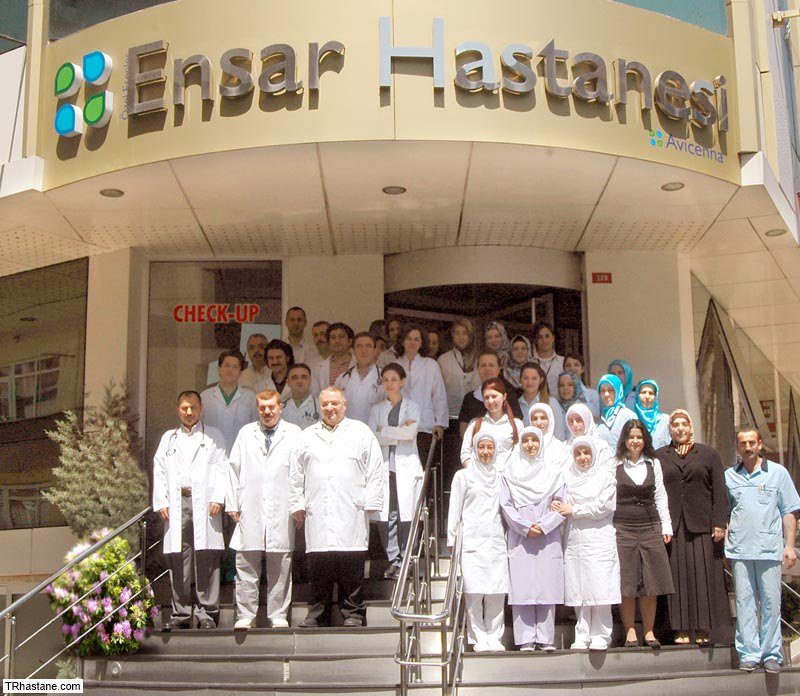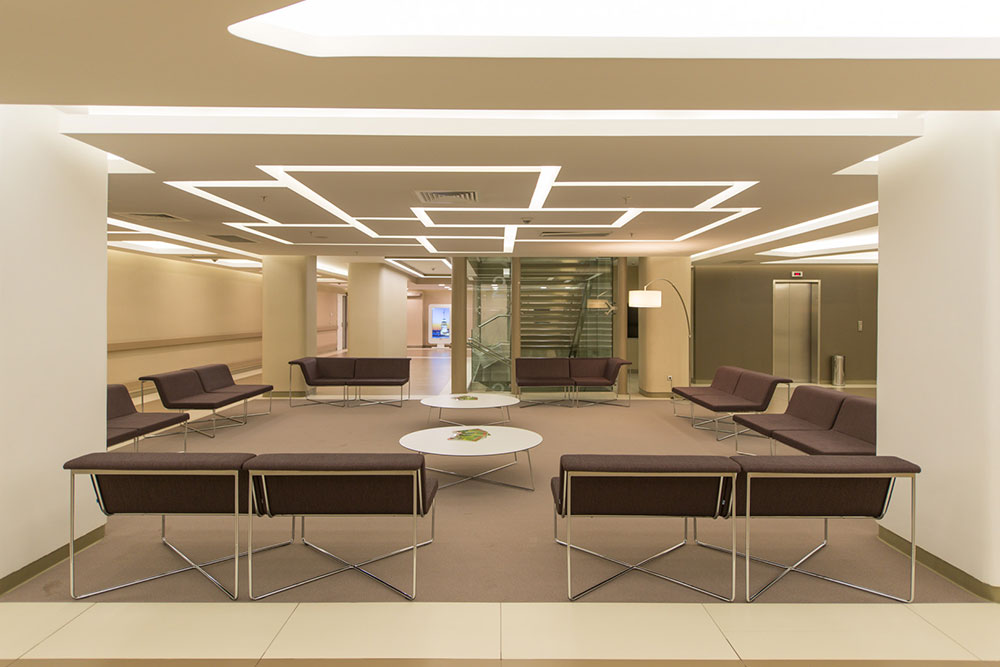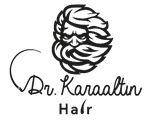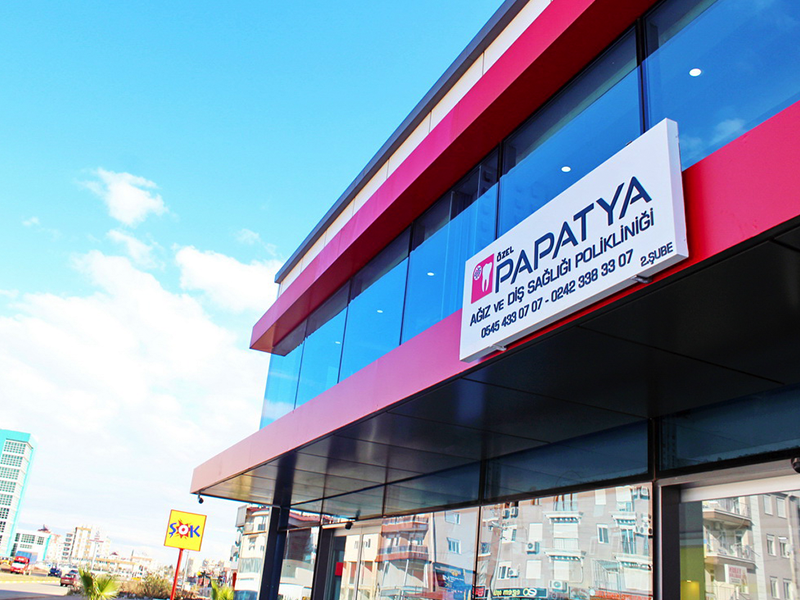What is nasal bone curvature?
In case of misalignment or displacement of the nasal wall, called the "septum", which supports the separation of the nostrils and nasal passages from each other, the anterior part is made of cartilage and the posterior part is bone. The crookedness of this nasal bone is defined as Septum Deviation, that is, Nasal Bone Curvature. Normally, the septum should be in the midline, and the left and right nasal cavities should be of equal width. However, many people complain about the absence of the septum in the midline; The reason for this is that this deviation causes slight curvatures. Disturbance of all or part of the wall called the septum
If the shape is curved, breathing problems occur in the person. The curvature of the nose is considered a disease when respiratory problems occur. The greater the curvature of the nasal bone, the greater the nasal congestion seen in the patient. Inside the nose, there is meat called “concha”, three on each side. In patients suffering from nasal bone curvature, enlargement and swelling may occur in the flesh defined as “concha” along with the curvature of the bone. This, in turn, makes nasal congestion a bigger nuisance.
What are the Causes of Nasal Bone Curvature?
The curvature of the nose can be congenital, as well as during birth.
It can also occur due to trauma that occurs during the passage through the birth canal.
may come. In addition, the nasal bone
The causes of curvature can be listed as follows;
Situations such as falling, injury, and impact in childhood can lead to curvature of the nasal bone in the future.
During the growth period, the bone and cartilage parts of the nasal wall called the septum may not develop at the same rate.
During the transition to adulthood, differences and deviations in the shape of the nose may occur. This is an indication that the curvature of the nose is caused by genetic factors.
What are the Symptoms of Nasal Bone Curvature?
The most common symptom in individuals with nasal bone curvature is difficulty breathing with congestion in the nasal tunnels. Symptoms of nasal bone curvature can be listed as follows;
Frequent nosebleeds,
Frequent sinusitis,
Pain in the facial muscles,
· Headache,
· Postnasal drip,
Loud breathing in infants and children,
· Respiratory tract infection.
Nasal Curvature Treatment
Surgical methods used in nasal bone curvature are the only treatment option. Septoplasty, which is a closed method of correcting the curvature of the bone and cartilage in the nose, is a nose surgery that corrects the curvature of the nasal bone. While septoplasty surgery can be performed under general or local anesthesia, it is most preferred to be performed under general anesthesia for the comfort of the patients. During the operation, the curvature of the nose is treated by the closed removal of the curved tissues in the cartilage or bone, and health problems such as the inability to breathe are prevented.

